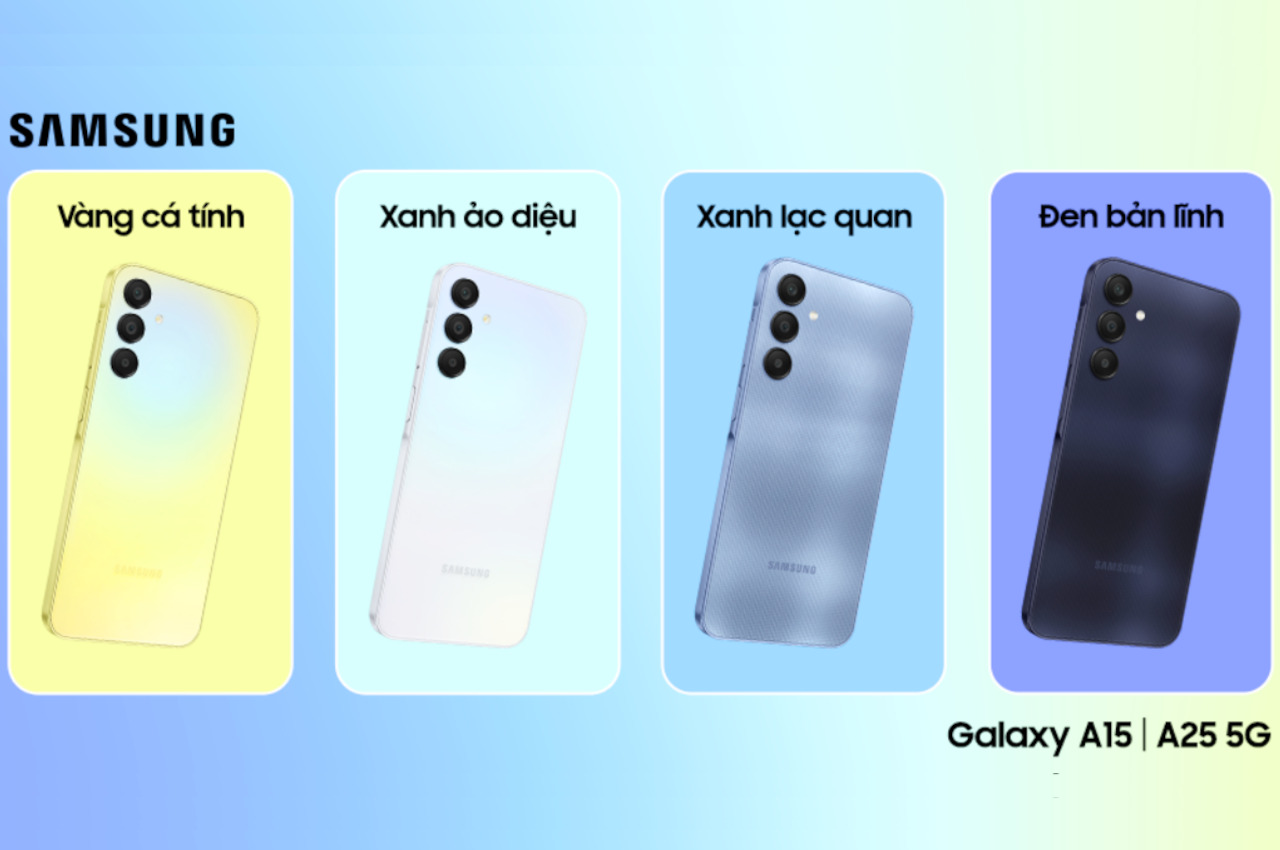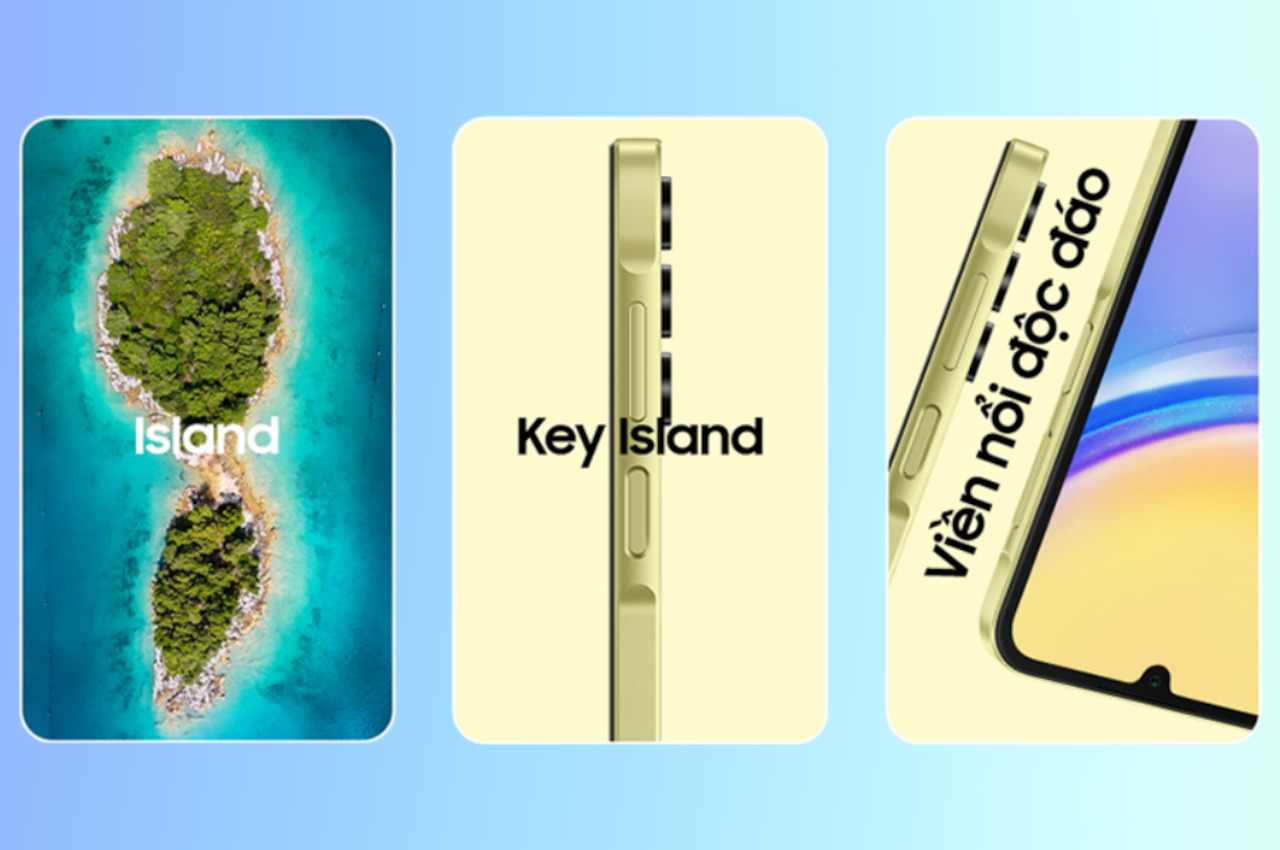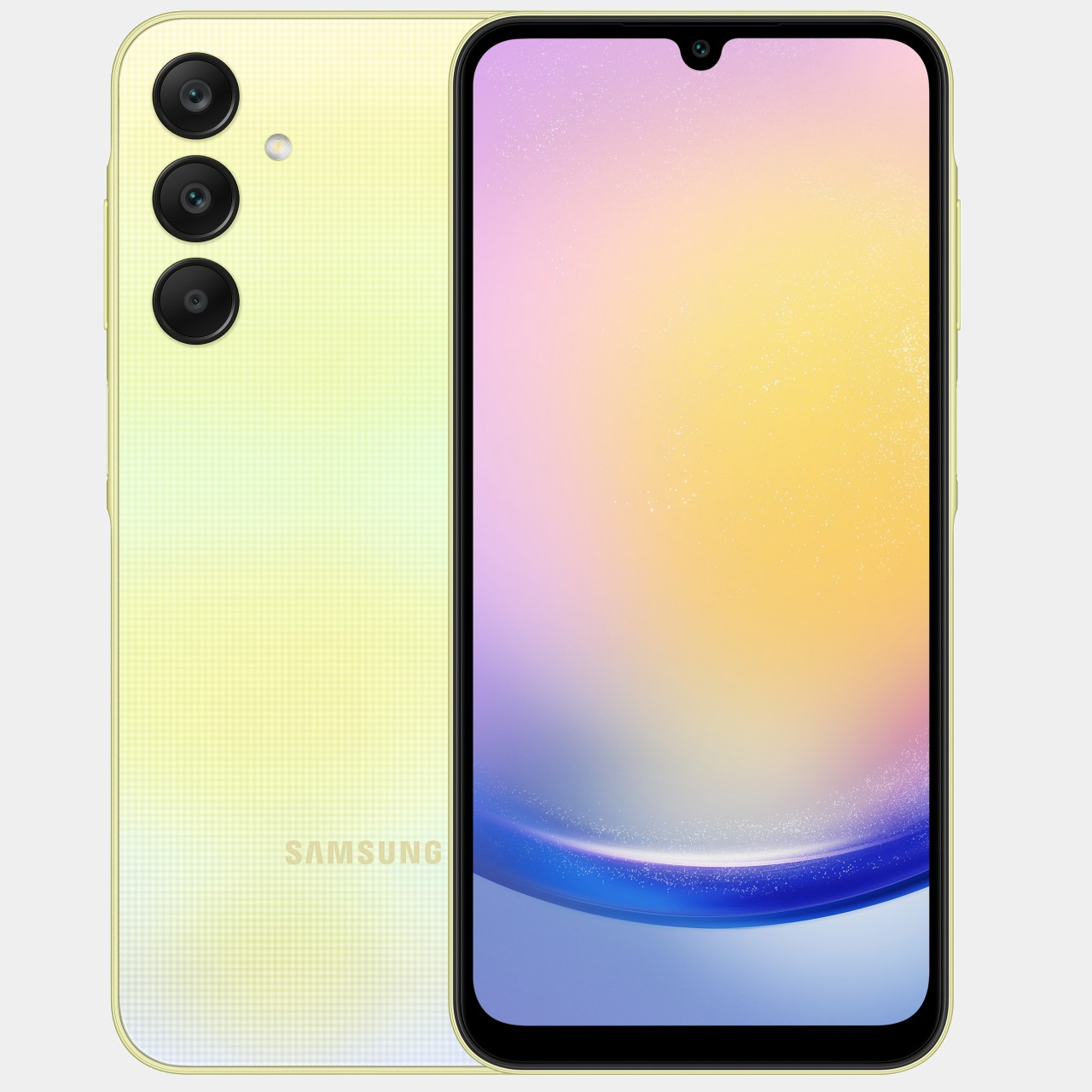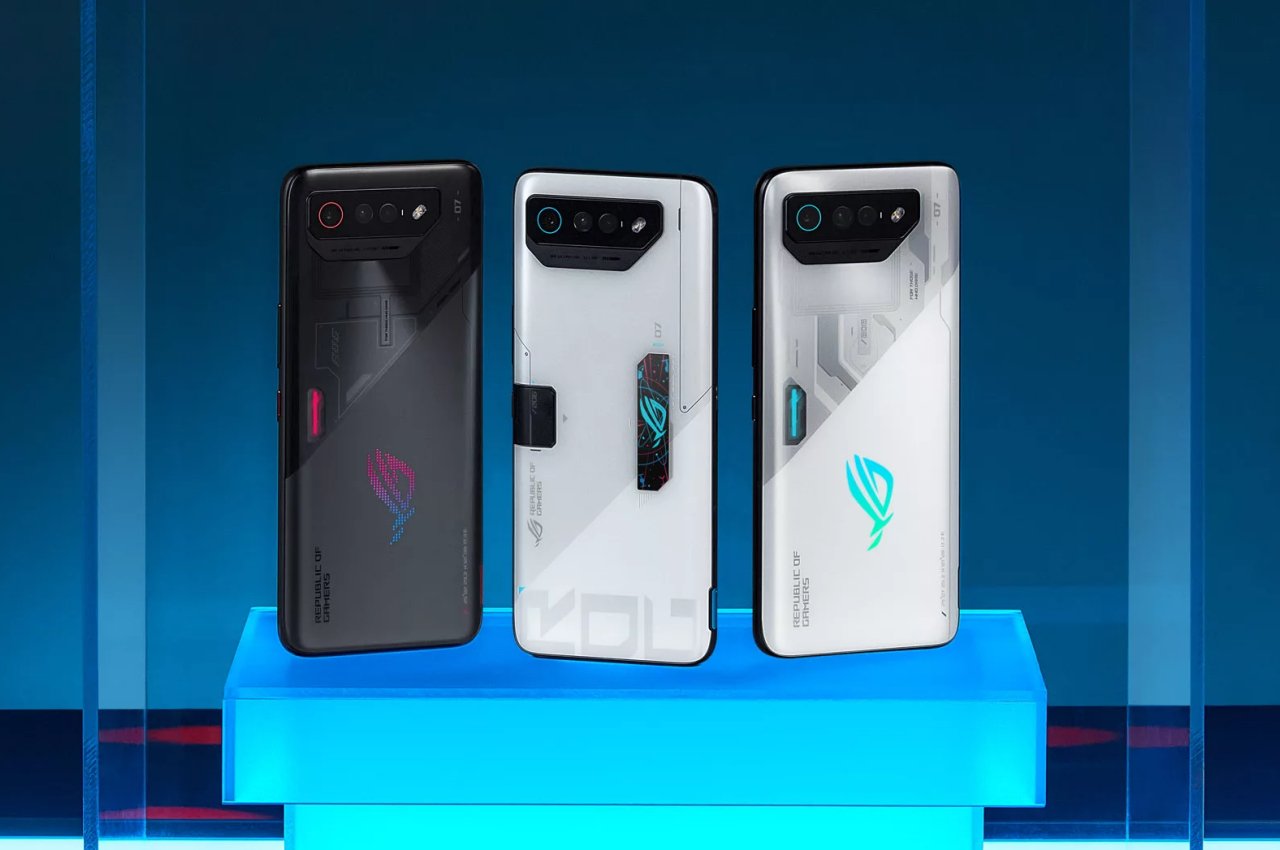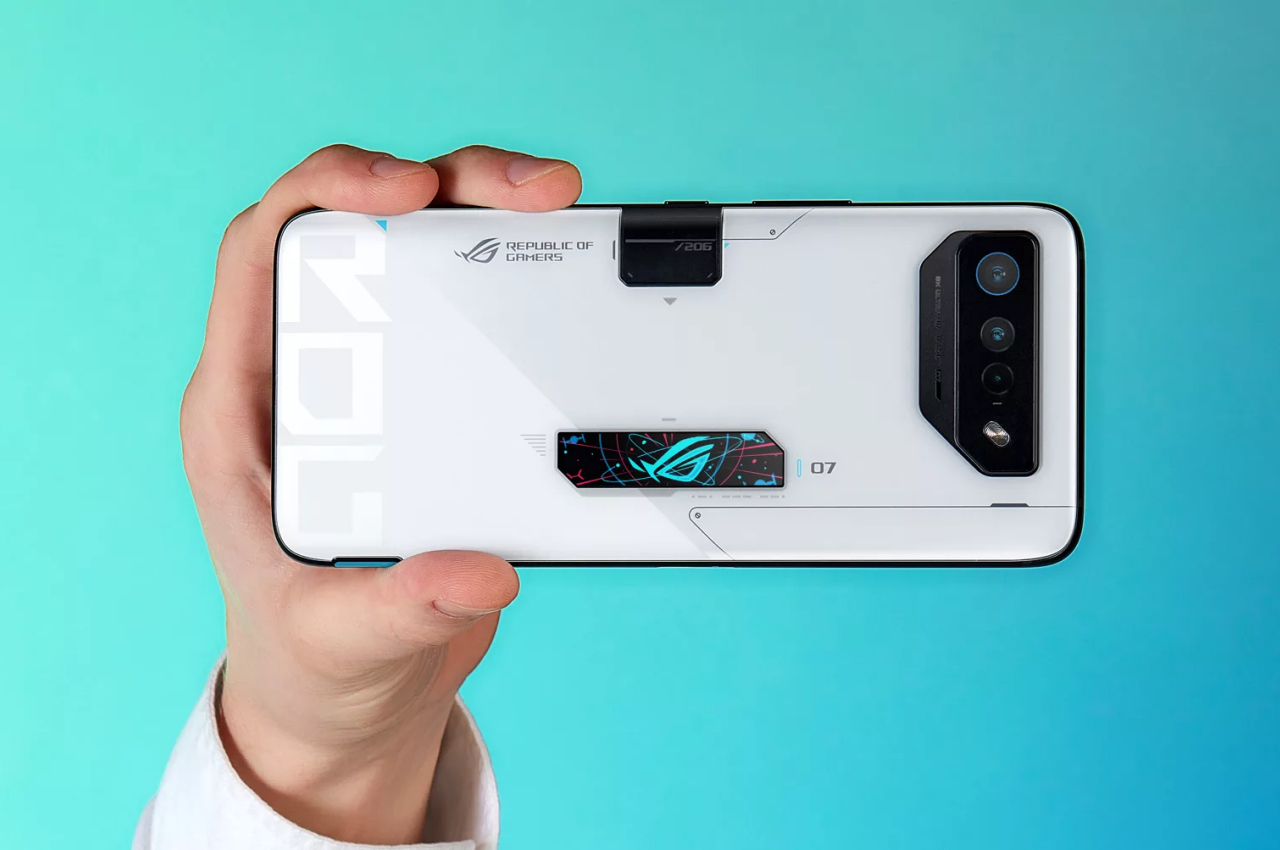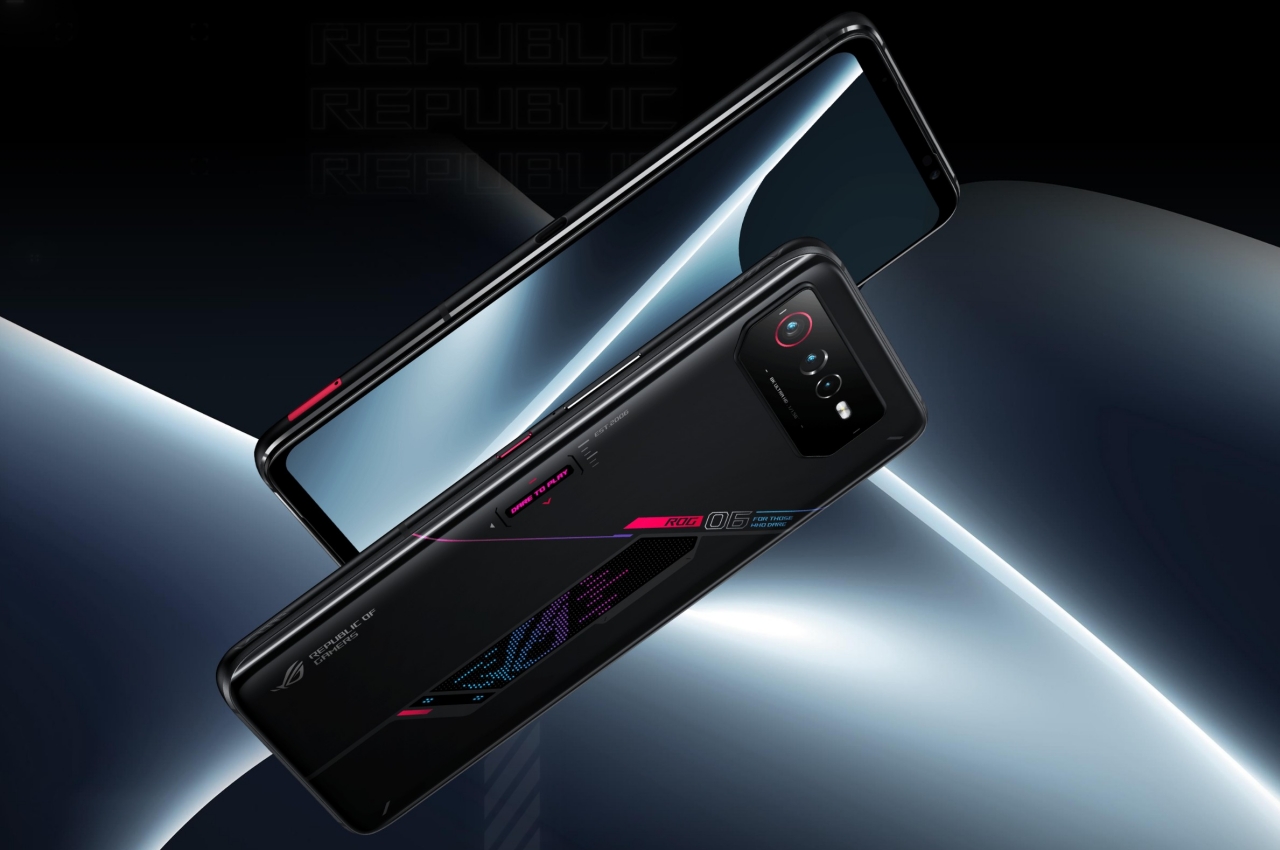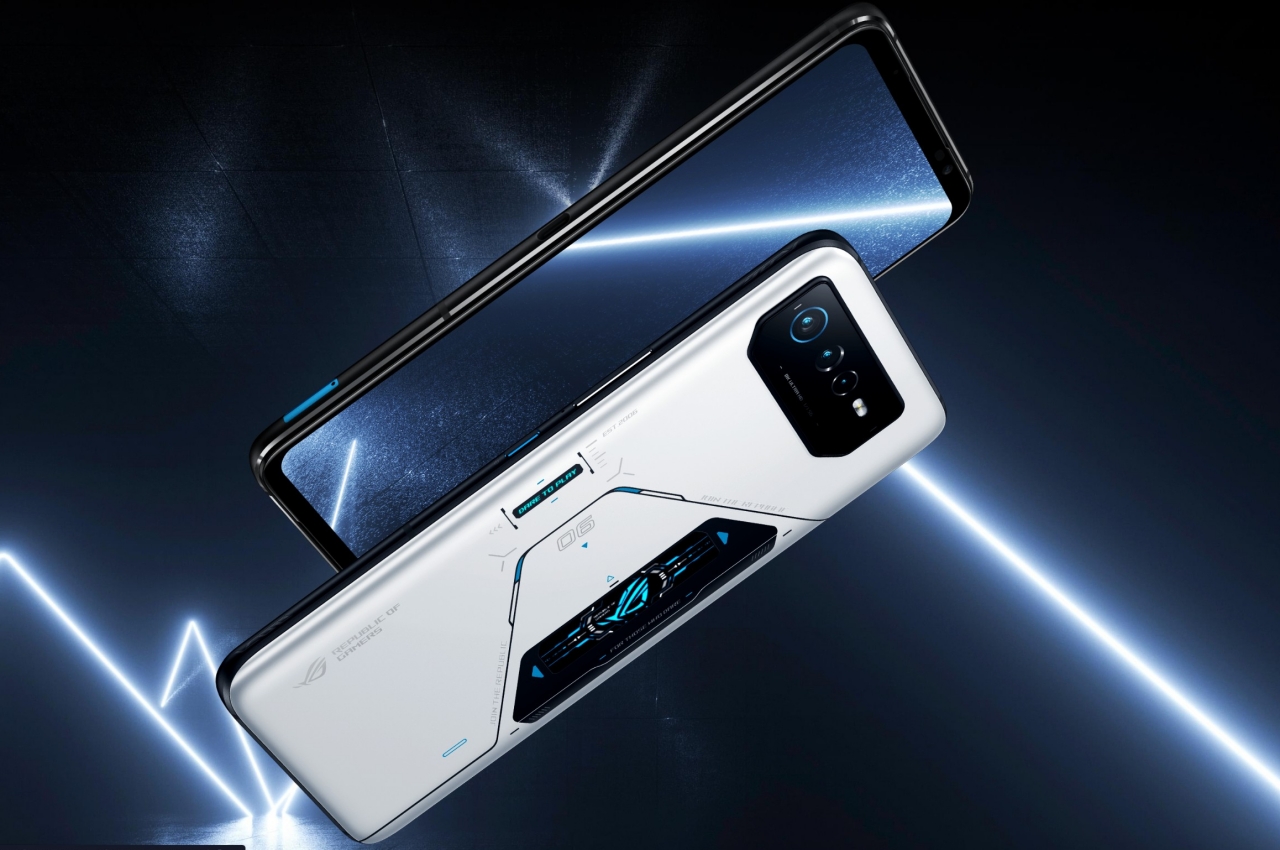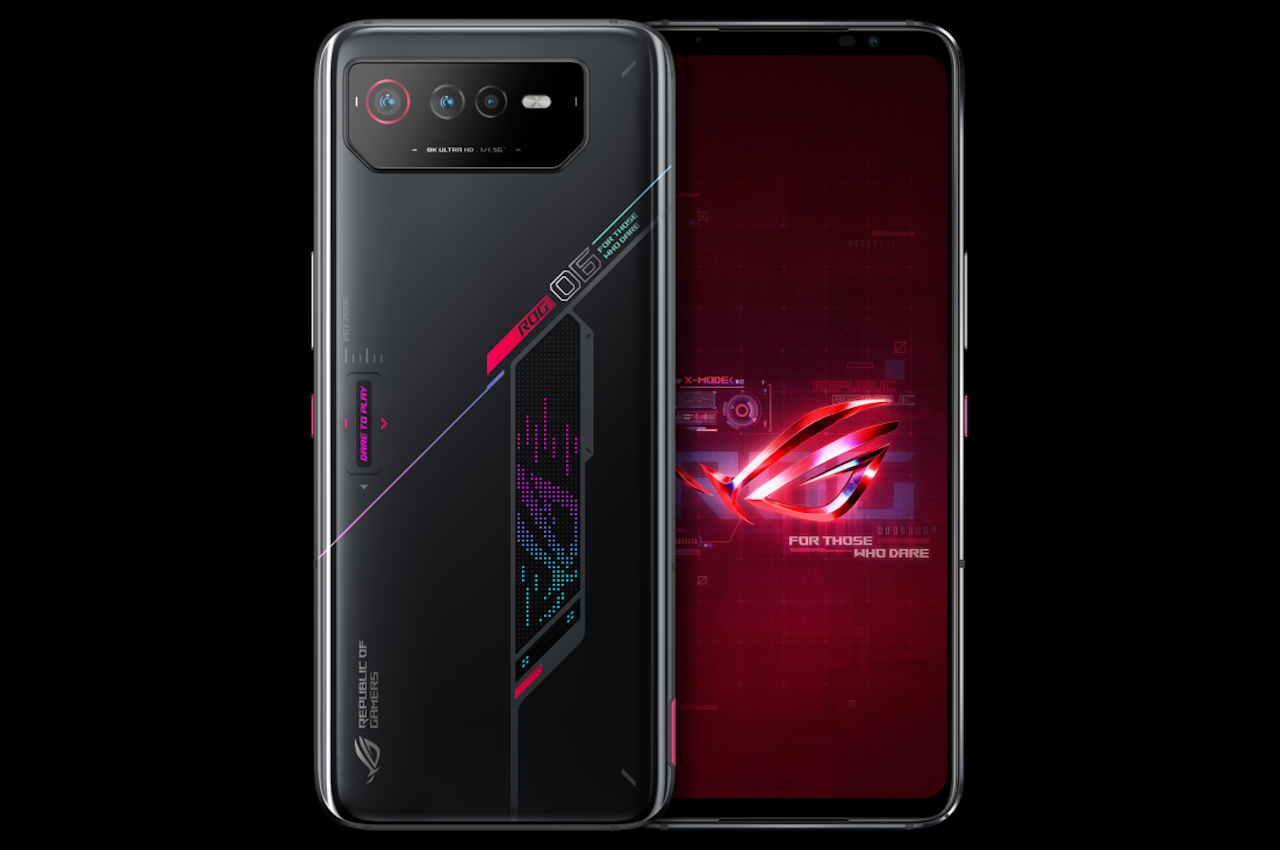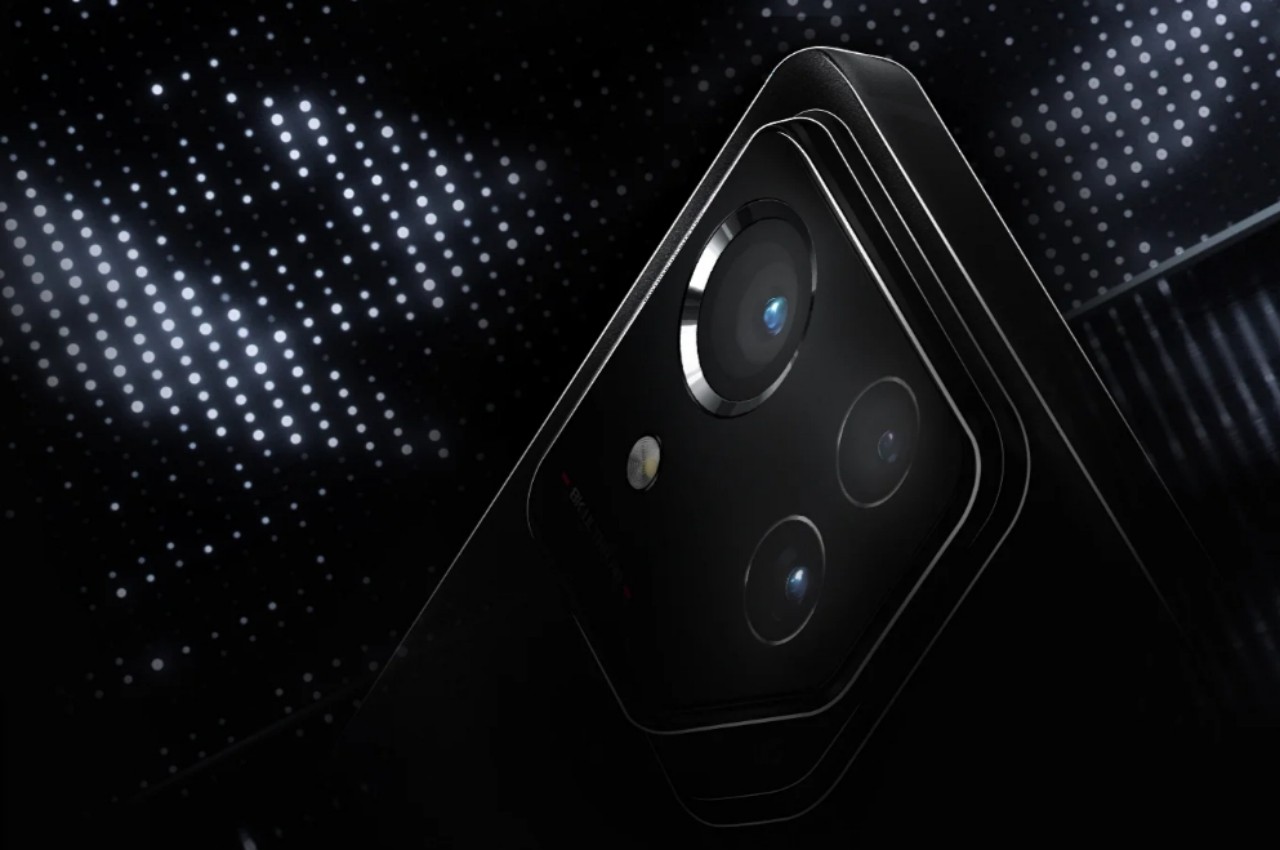
PROS:
- Impressive camera output
- Outstanding hardware performance
- Distinctive BMW "Legend" Edition design (not the review unit)
CONS:
- Low IP64 water resistance
- Mediocre 16MP front camera
- Limited global availability
RATINGS:
SUSTAINABILITY / REPAIRABILITY
EDITOR'S QUOTE:
Designed for mobile photography and games, the iQOO 12 delivers a solid performance without much fuss or fanfare.
The year is almost over, but it’s never too late to announce new flagship smartphones, especially when there’s a new mobile processor available. Riding on Qualcomm’s momentum, a few phone makers have almost simultaneously revealed their newest wares in a race to be the first and the best. Of course, just because you’re using the latest hardware available in the market doesn’t immediately mean you’re able to deliver the best overall user experience. There are a lot of ingredients that make up the perfect smartphone dish, so we’re taking the new iQOO 12 for a taste test to see if it managed to get the perfect mix or if it just had too much on its plate to leave a positive impression.
Designer: iQOO
Aesthetics
The moment you see the iQOO 12, you will immediately appreciate its elegant design. After that first impression, however, you might suddenly feel like you’ve seen it before, especially with the black “Alpha” edition that we received for this review. Aside from the large and unconventional camera island, the phone’s Fluorite AG glass is quite common. Yes, it has a sandblasted finish that makes it sparkle when viewed from certain angles, but that, too, has been done before. It’s pretty, yes, but nothing to write home about.

On the other hand, the BMW “Legend” Edition is a bit more interesting from a design perspective. It uses a Porcelain Enamel Glass that gives it a unique texture, while the clean white motif endows it with a stylish classic appearance. The engraved signature BMW M Motorsport stripes are tastefully done, clearly marking its identity without being flashy. It has the right balance of branding and minimalism that paints a picture of a truly special design.

Although almost opposite in their appearances, both Alpha and Legend editions share a common design element that you won’t find on any other smartphone. Rather than a square or a circle, the iQOO 12 employs a “squircle” shape that the company describes as a nod to ship portholes that let light in and give a dramatic view of the outside world from within a ship. Of course, it stretches the camera metaphor quite a bit, but its unusual shape still gives the phone a distinctive appearance.

The iQOO 12 Alpha carries a simple and elegant design that gives it an air of being a premium phone. Unfortunately, that doesn’t exactly help it stand out from its peers, especially if you find the “porthole” camera design less appealing. The design won’t win fans, but it probably won’t attract haters either.
Ergonomics
Fluorite AG glass has become a favorite material for smartphones because of how it’s able to avoid smudges. Some are even able to pull off matte textures using it, or at least some semblance of matte texture. In practice, however, it’s still glass and the iQOO 12 feels quite slippery in the hand, regardless of what the marketing material tells you. If you’re not confident with your grip, you’ll probably want to put on the included clear case just for peace of mind.
The iQOO 12 is by no means a thin phone at 8.1mm, nor is it that lightweight at almost 204g. It’s a large slab of metal and glass and you can definitely feel it the moment you hold it in your hand. That means you’ll have to try and grip it harder to ensure a more stable hold, but that also means putting more strain on your hand in the long run. The phone is also a bit top-heavy, which isn’t surprising considering all the parts located there, though that means the position of the fingerprint scanner near the bottom of the screen makes it a little bit precarious to hold.

Performance
The iQOO 12 definitely has all the makings of a high-end smartphone. It is one of if not the first to launch with a Snapdragon 8 Gen 3 processor, and that is paired with fast 16GB LPDDR5X memory and an equally fast 512GB UFS 4.0 storage. Those alone already mean that it can handle any task you throw at it with aplomb. The bright and vibrant 6.78-inch 2800×1260 AMOLED screen with 144Hz refresh rate is great for viewing moving content, both videos as well as games. It’s an all-around powerful workhorse, but it also has a trick up its sleeve.

While some brands have custom processors for photography or AI, iQOO’s Supercomputing Chip Q1 focuses on enhancing display performance without taxing the main Qualcomm processor. Its biggest achievement is boosting frame rates to 144fps to match the screen’s native 144Hz refresh rate for a smoother and more fluid visual experience. Even under all the stress, the phone gets only lightly warm and never too hot, all thanks to a new four-zone vapor cooling chamber.

On the software side, the iQOO 12 runs the latest FuntouchOS 14 that’s already based on the current Android 14 release, and it’s promised to still get three years of Android updates. There is surprisingly little bloatware, although it still exists, and the user experience almost resembles vanilla Android while still offering plenty of customization options. The UI is smooth and responsive, though that should be expected given all the hardware driving it.
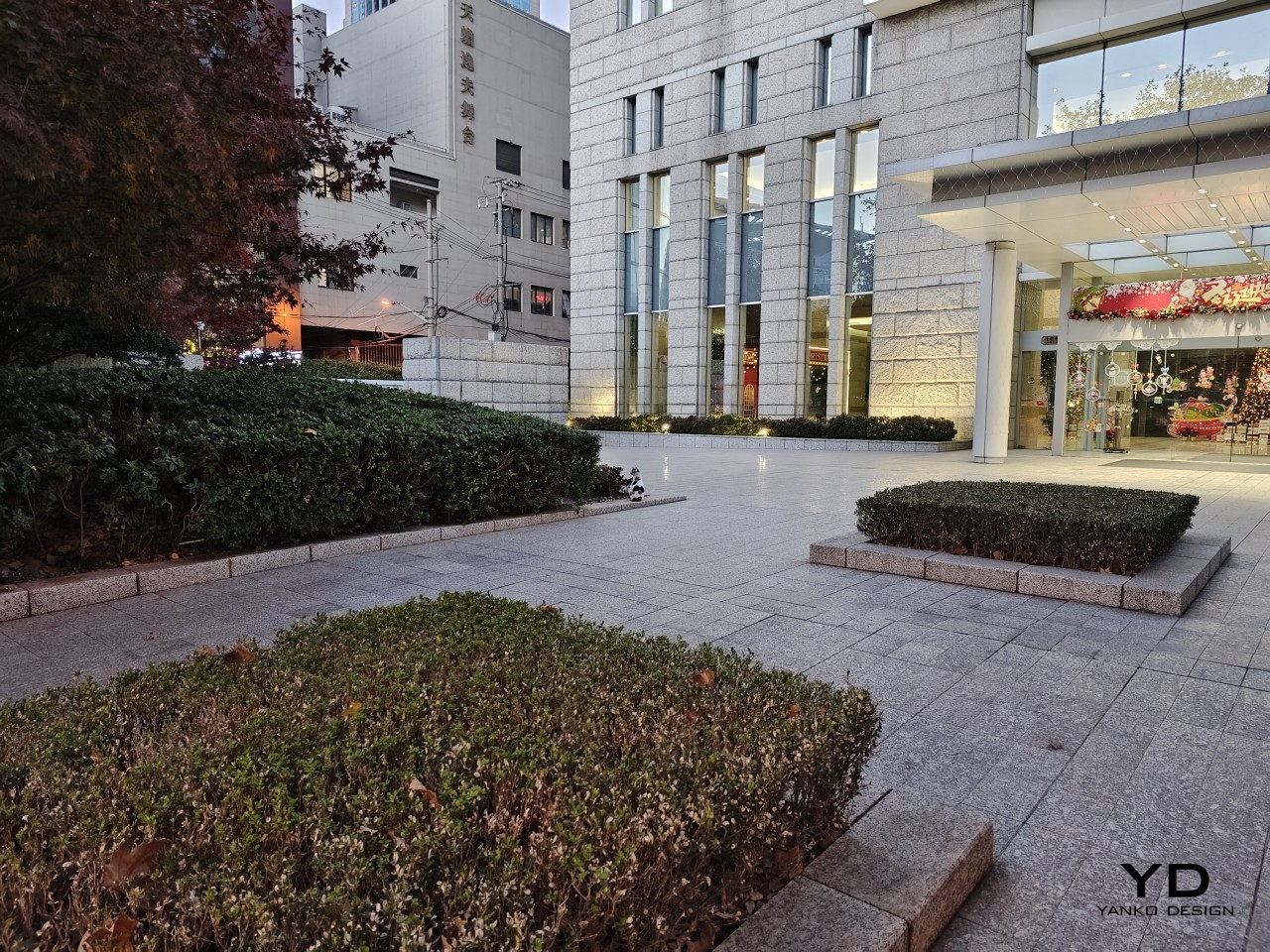
1x

1x Night
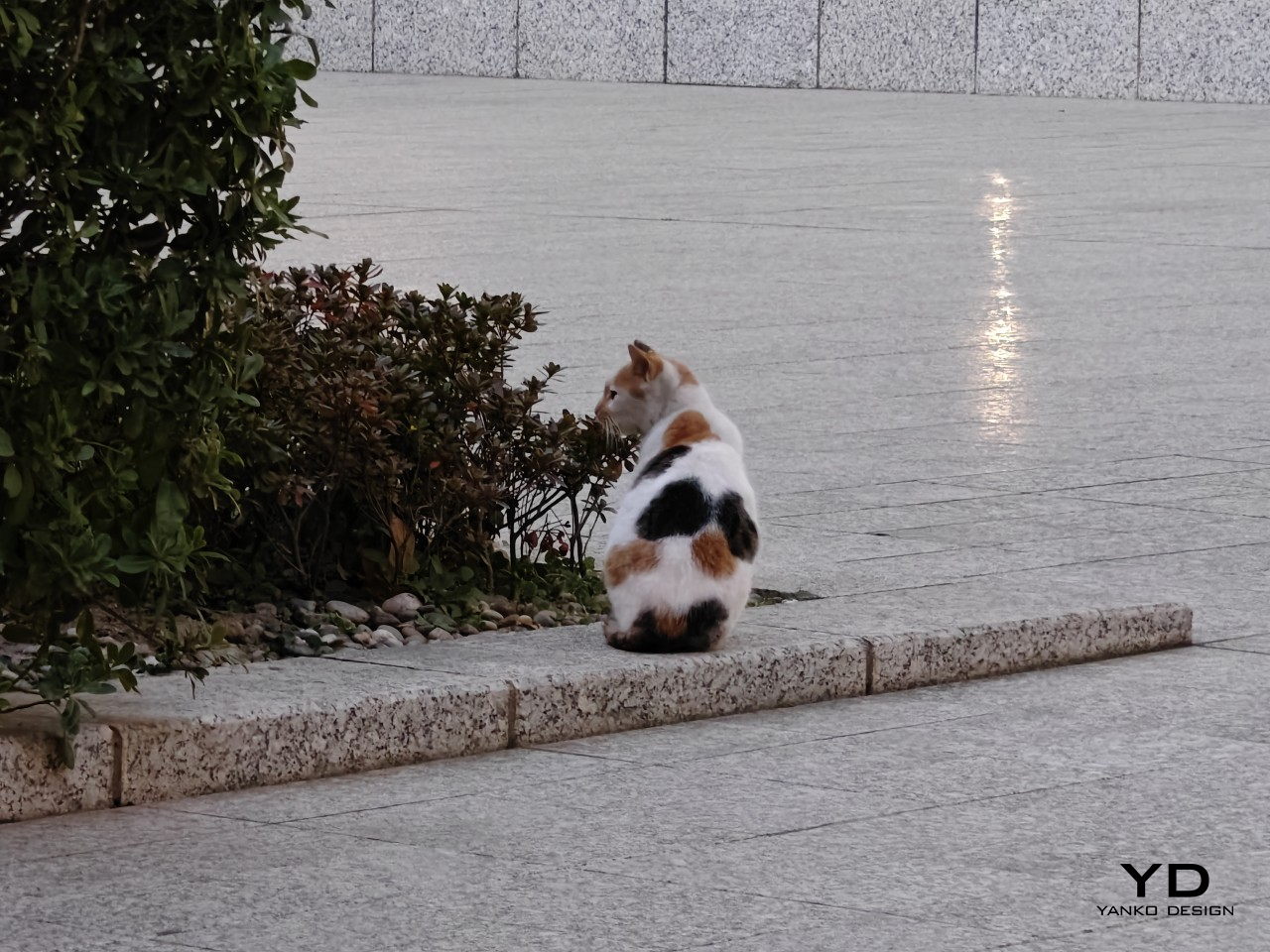
10x
The phone’s triple camera system is living proof that you shouldn’t judge hardware by their brand. Eschewing the usual Samsung or Sony sensors (except for one), the iQOO 12 was made in collaboration with and showcases the best of what OmniVision has to offer, particularly with the 50MP OV50H main camera and 64MP OV64B telephoto camera with a periscope-style lens. The latter is able to achieve 3x optical zoom and 10x lossless zoom, though iQOO is advertising a 100x digital zoom that, in practice, isn’t really going to wow anyone. The third camera is a 50MP Samsung sensor for ultra-wide shots.
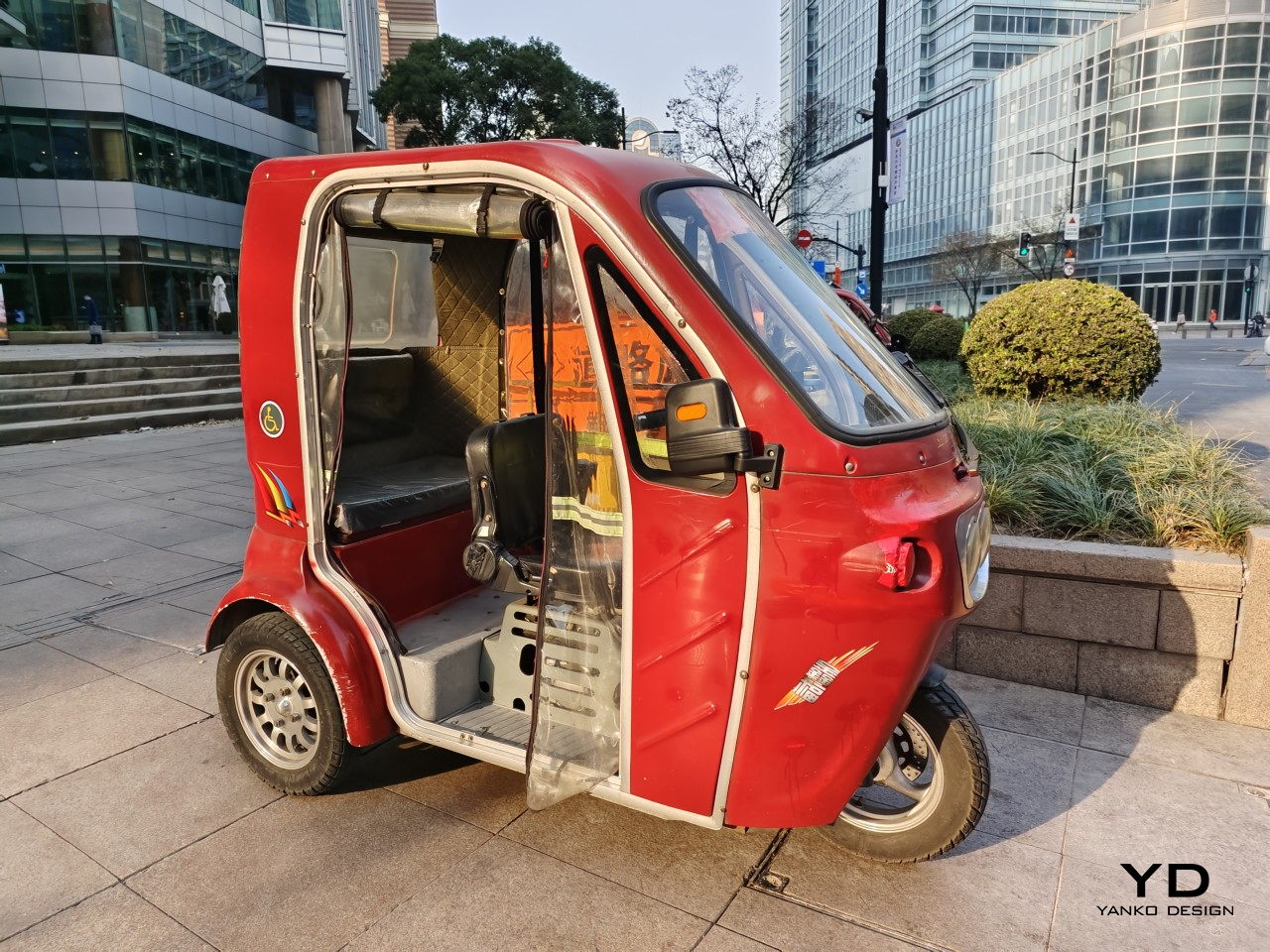
1x

1x Portrait

1x Portrait
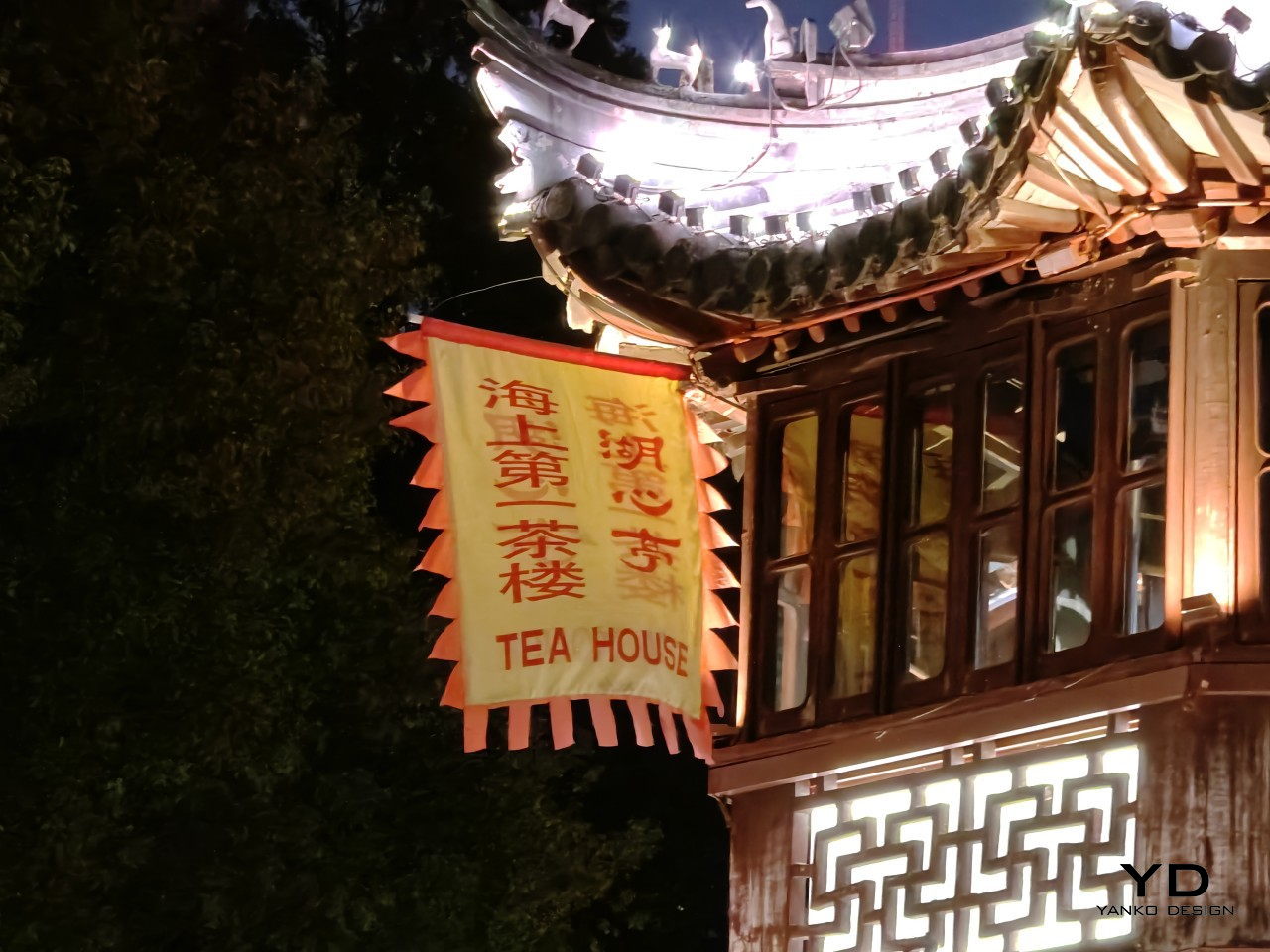
10x Night
What all these translate to in practice are impressive images, both during the day and at night. Details are rich and colors are quite vibrant, though they tend to be a bit more saturated by default, as expected. The 10x lossless (a.k.a. hybrid) zoom is surprisingly good, though with the expected loss of detail. Combined with Night Mode, it even makes decent nighttime photos, though that largely depends on the subject as well. Thanks to that same periscope telephoto camera, bokeh or Portrait Mode comes out with pleasing blurs and accurate separation of foreground and background elements. All in all, the iQOO 12 delivers an excellent mobile photography experience, except for the 16MP front camera that brings only the bare minimum to the table.
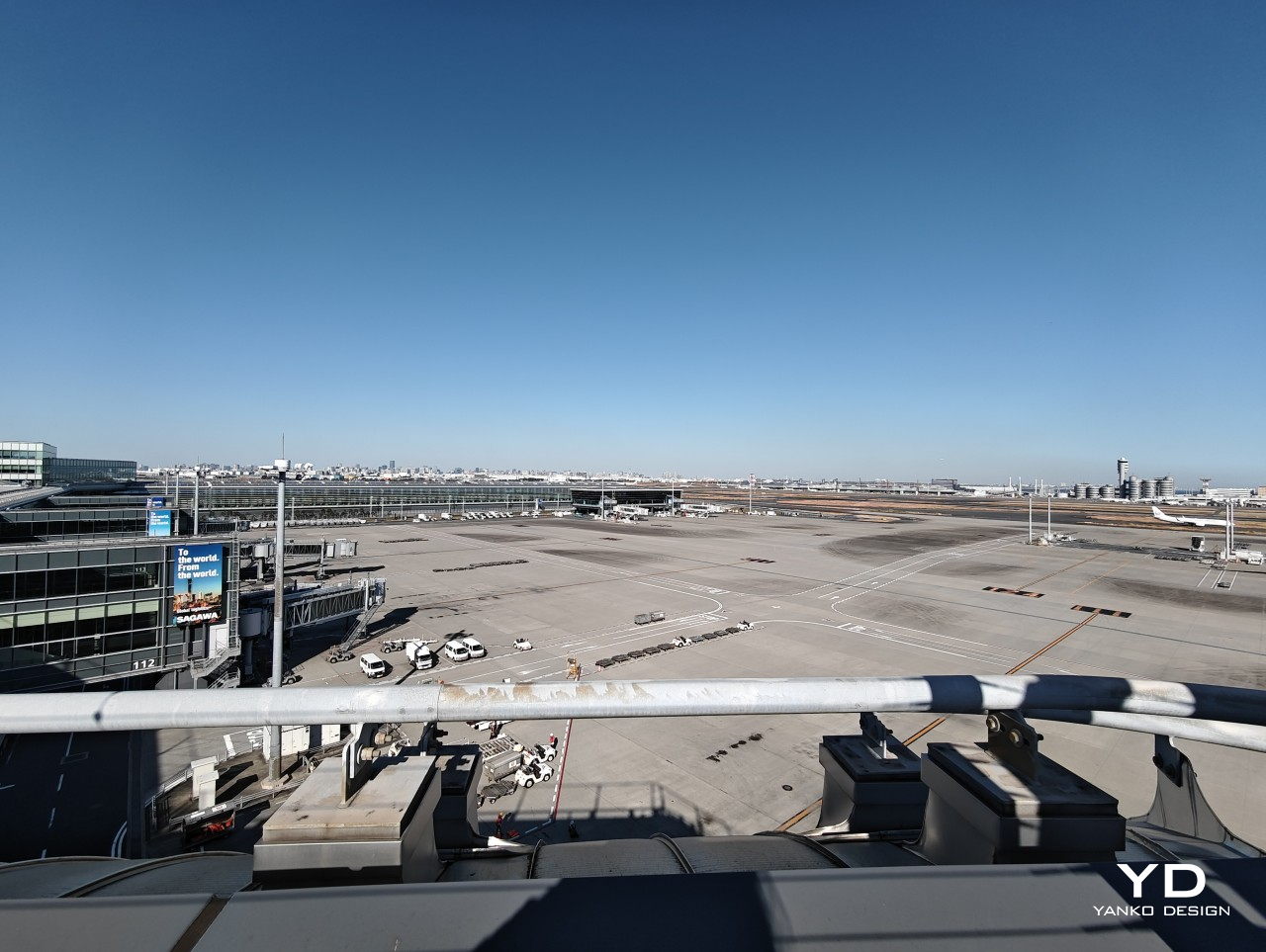
Ultrawide
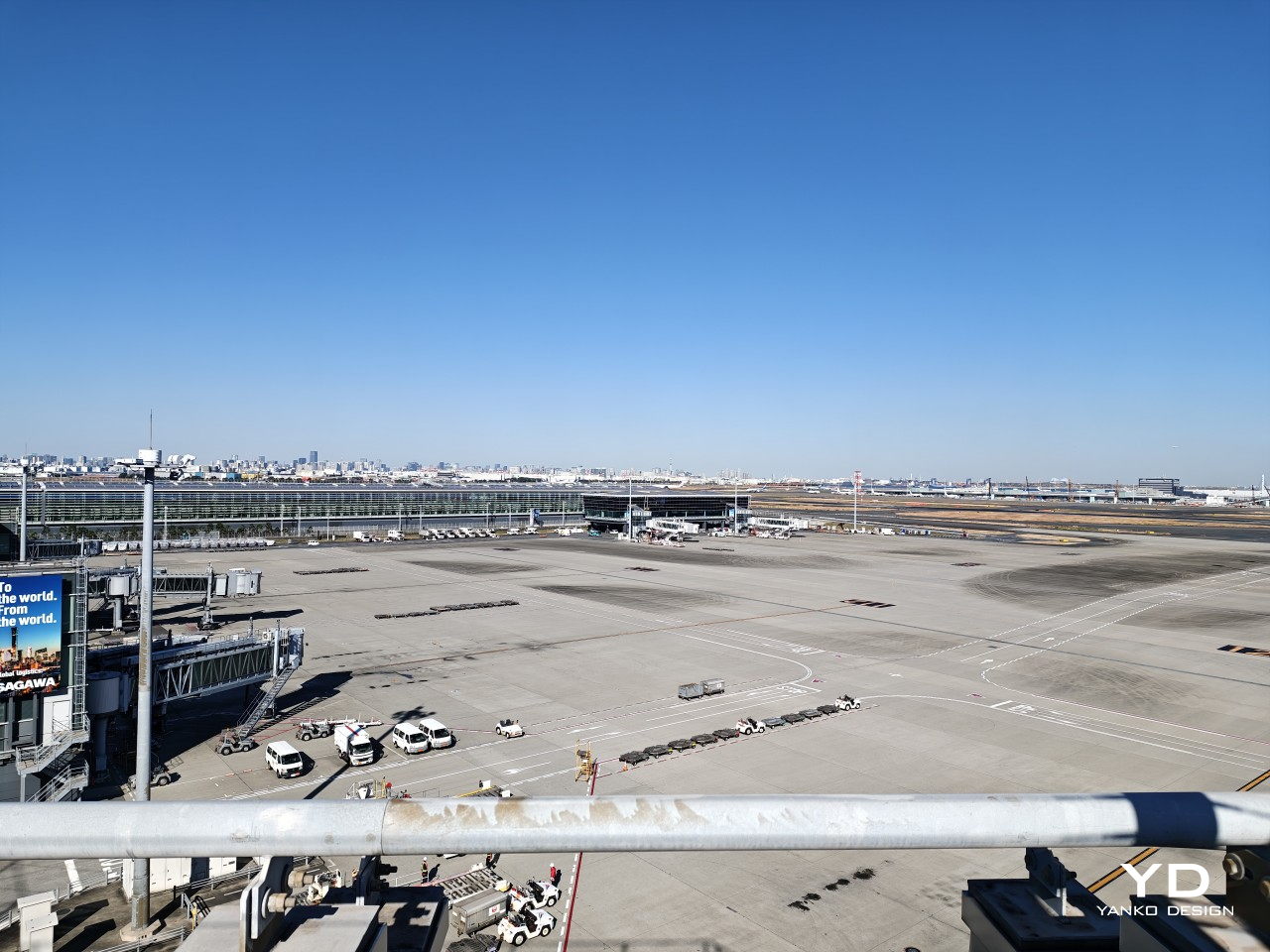
1x

3x
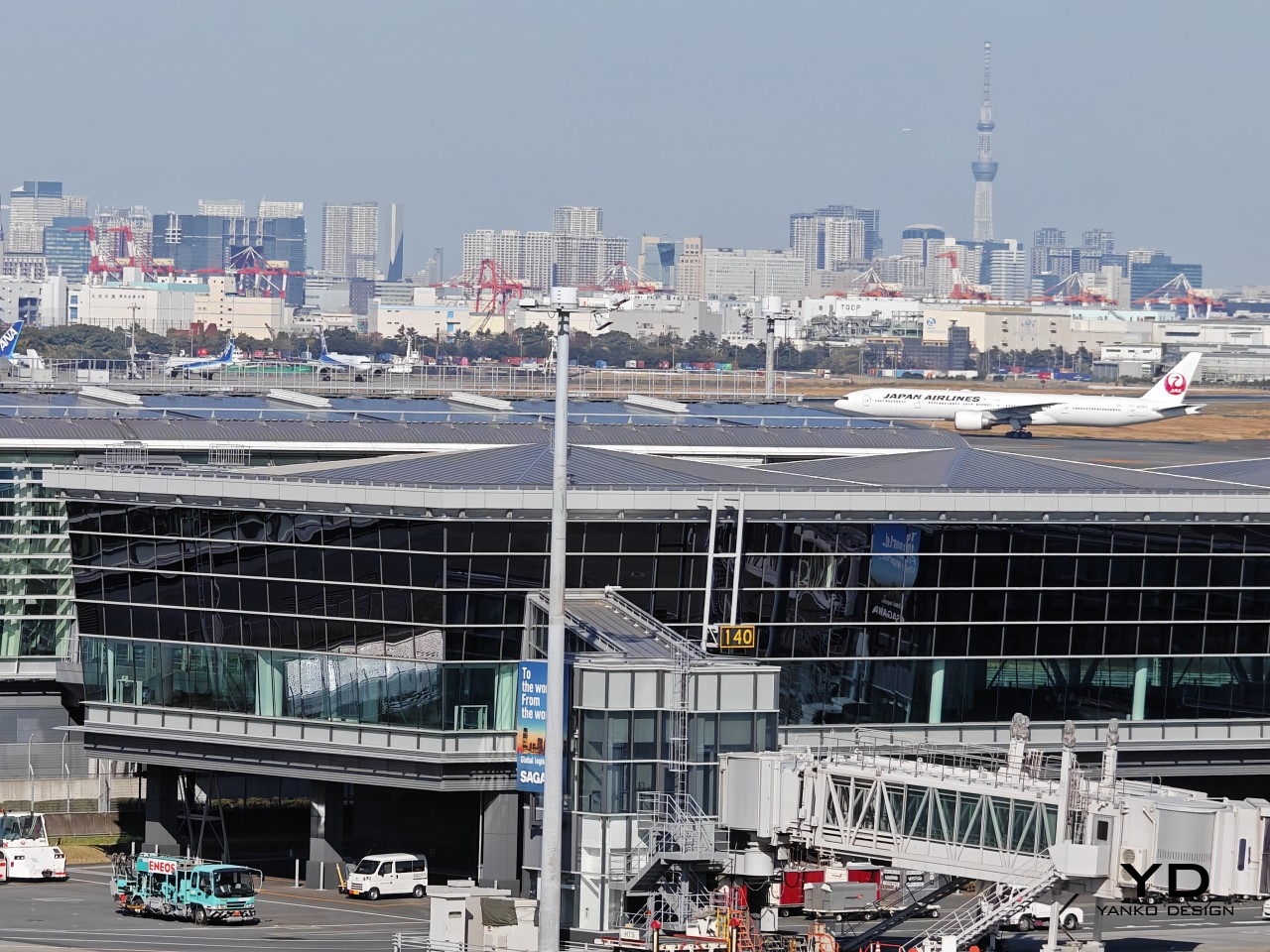
10x
Sustainability
The iQOO 12, unfortunately, doesn’t grade well when it comes to sustainable design and longevity. It has your usual assortment of unsustainable materials, and the brand isn’t as aggressive in promoting its eco-friendly strategies as its rivals (unless you consider its parent company, vivo). The phone is also only IP64 rated, which means it has very weak defenses against water and other liquids. Sure, it’s better than nothing, but you’d expect a much better guarantee from a premium phone such as this.

Value
From a holistic perspective, the iQOO 12 is quite a splendid high-end phone. It has the chops to cater to both photography and gaming enthusiasts and has a design that, while simple, is still stylish enough to not look cheap or dated. But no phone exists in isolation, and the iQOO 12’s value will largely depend on the competition.
At the moment, there are very few phones running on the new Snapdragon 8 Gen 3, but that’s about to change in a month’s time or so. But even now, those few devices, the iQOO 12 included, have very limited availability in the first place. The $600 price tag is tempting but pointless if you can’t buy one that is 100% guaranteed to work on your country’s cellular networks. There’s also the fact that the design, while pleasant, doesn’t have enough pull to make it stand out from the crowd unless you’re able to get the BMW Legend Edition. It’s definitely a strong contender, but not one that might leave a strong, lasting impression.
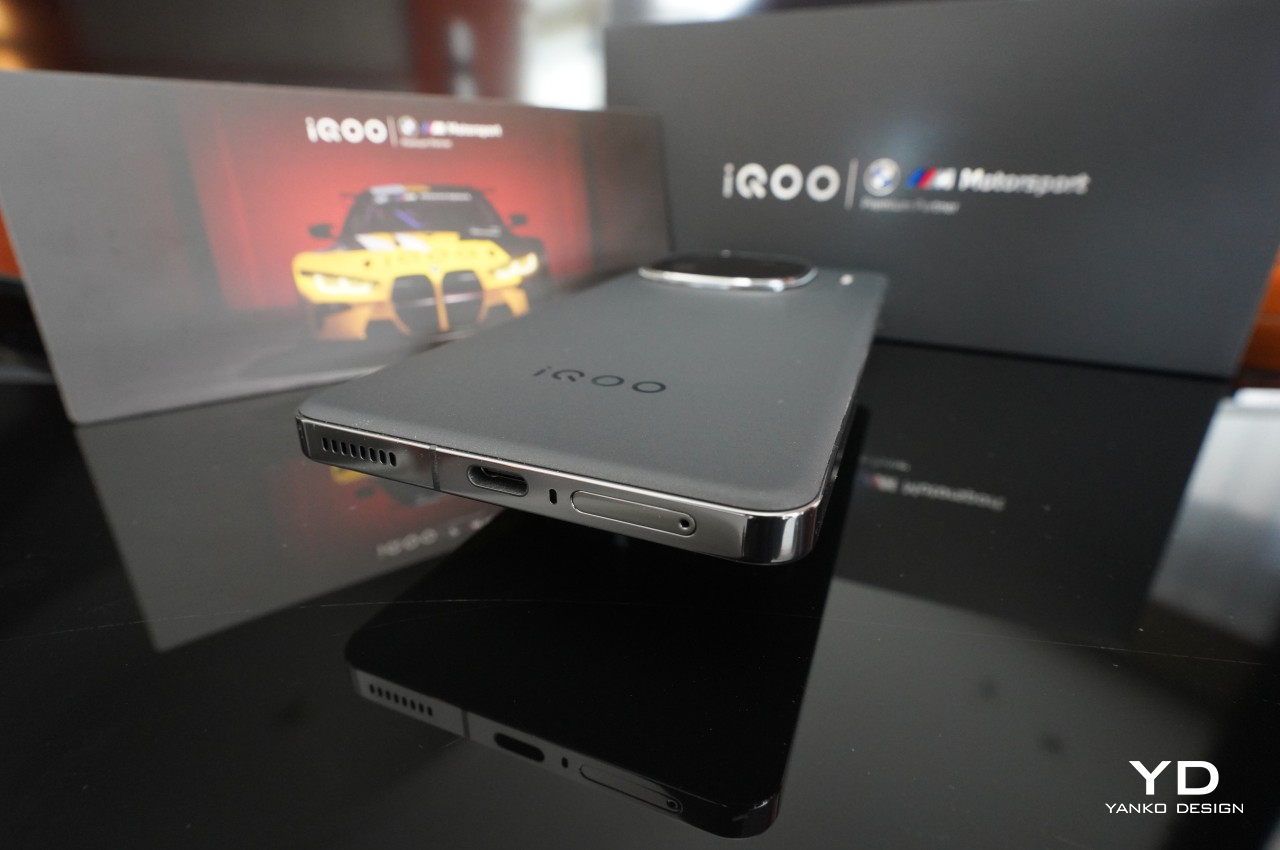
Verdict
The iQOO 12 feels like it has almost everything. It has the latest specs that breeze through the toughest demands, especially gaming. The cameras are generally impressive under the majority of situations, except for that disappointing 16MP selfie cam. It’s clearly iQOO’s best work yet, but it also feels like it lacks that final punch to knock everyone else out of the ring.
Despite its pleasant minimalist aesthetic, the Alpha Edition’s design is honestly a bit underwhelming. The porthole-inspired camera bump is new to our eyes and ears, but it’s simply just another take on the same old design. In terms of both style and materials, the BMW Legend Edition is far more interesting, though possibly also more limited in supply. Then again, not everyone will be buying phones just for their looks, and the iQOO 12 does make an enticing offer, but soon there will be others that will easily grab the spotlight from it.

The post iQOO 12 Review: Checking Most of the Right Boxes, No More, No Less first appeared on Yanko Design.
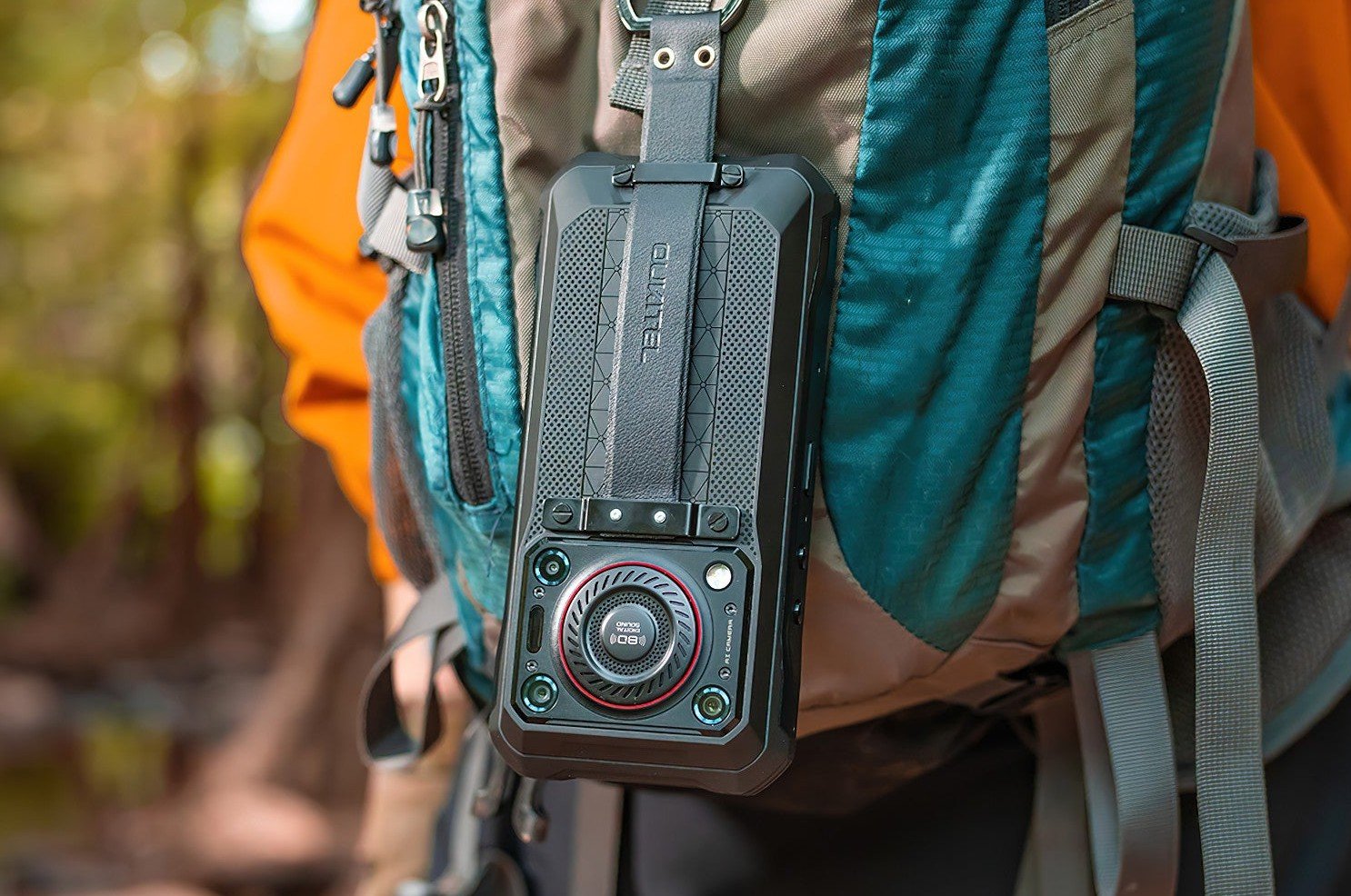


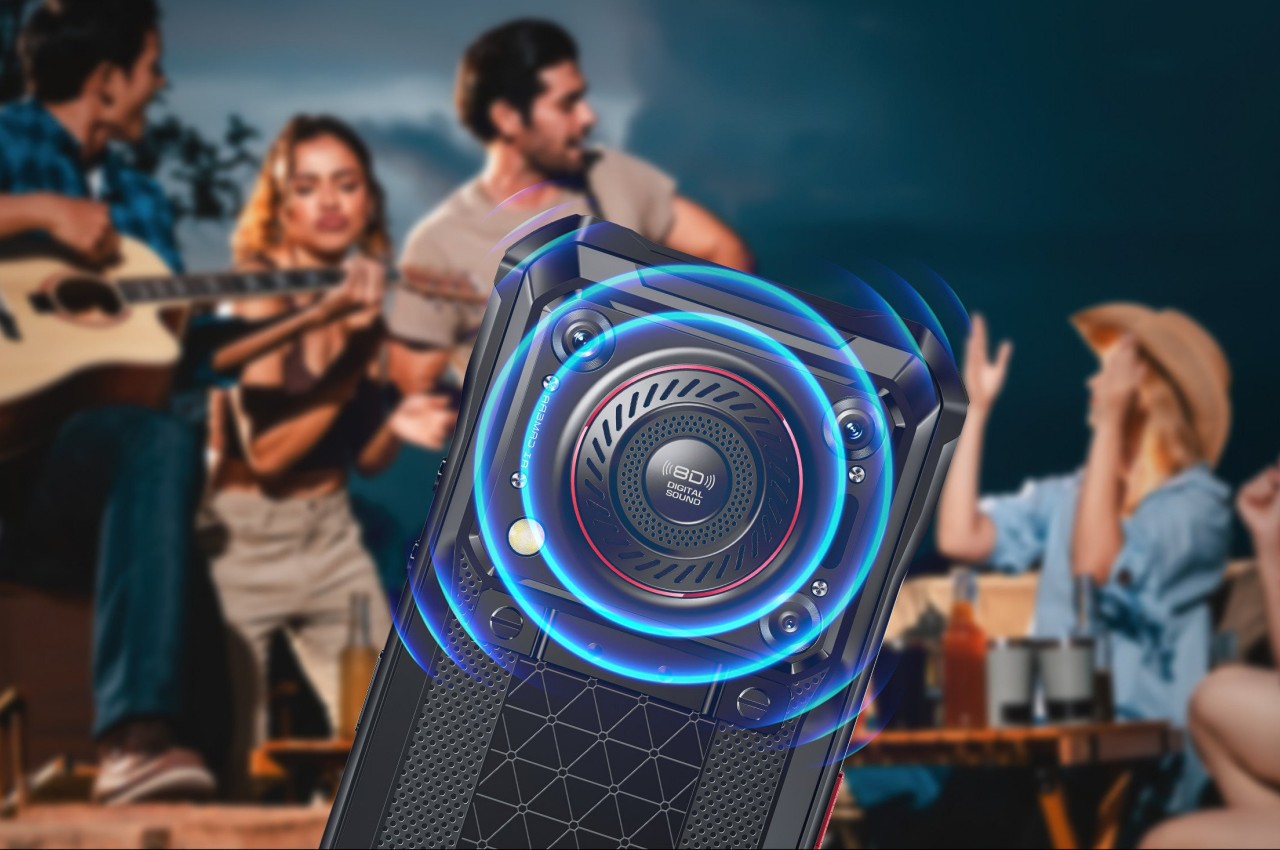
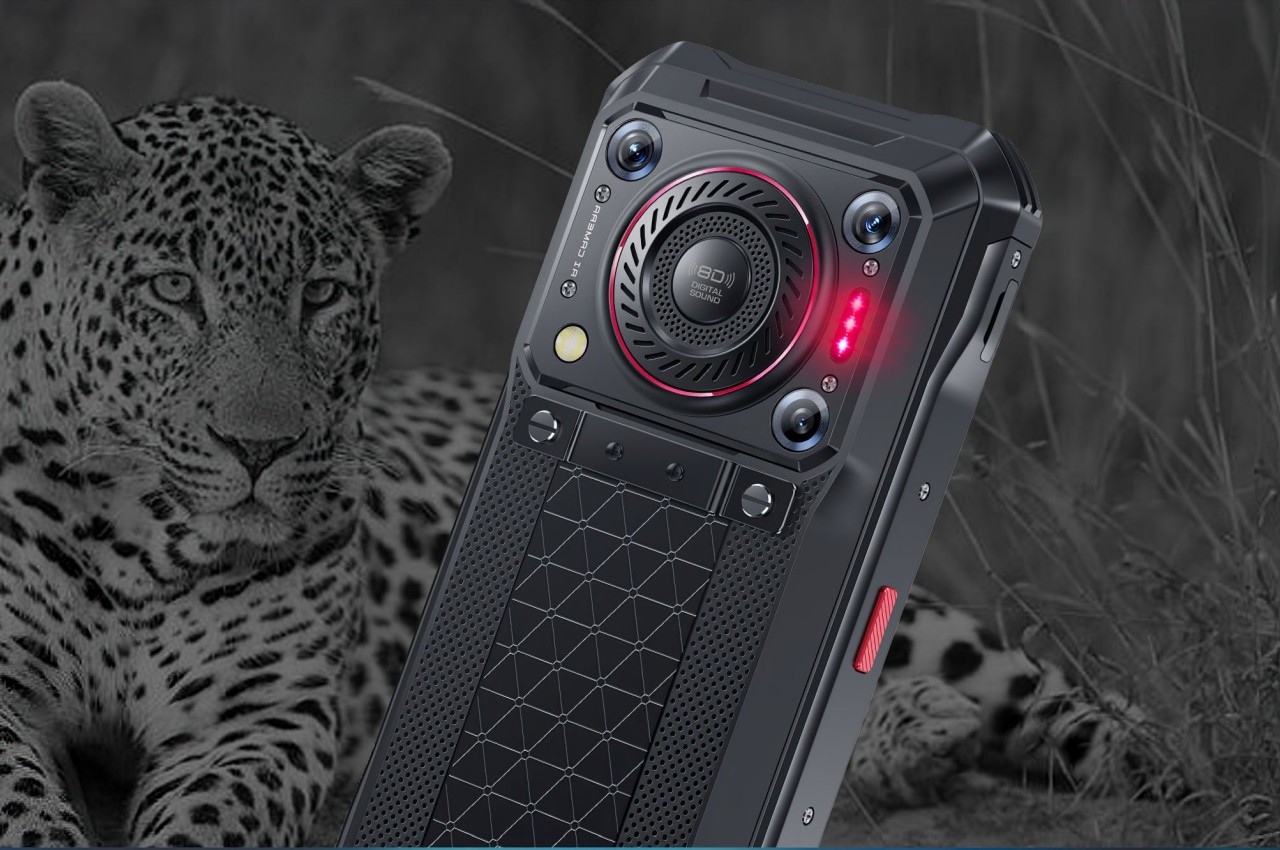
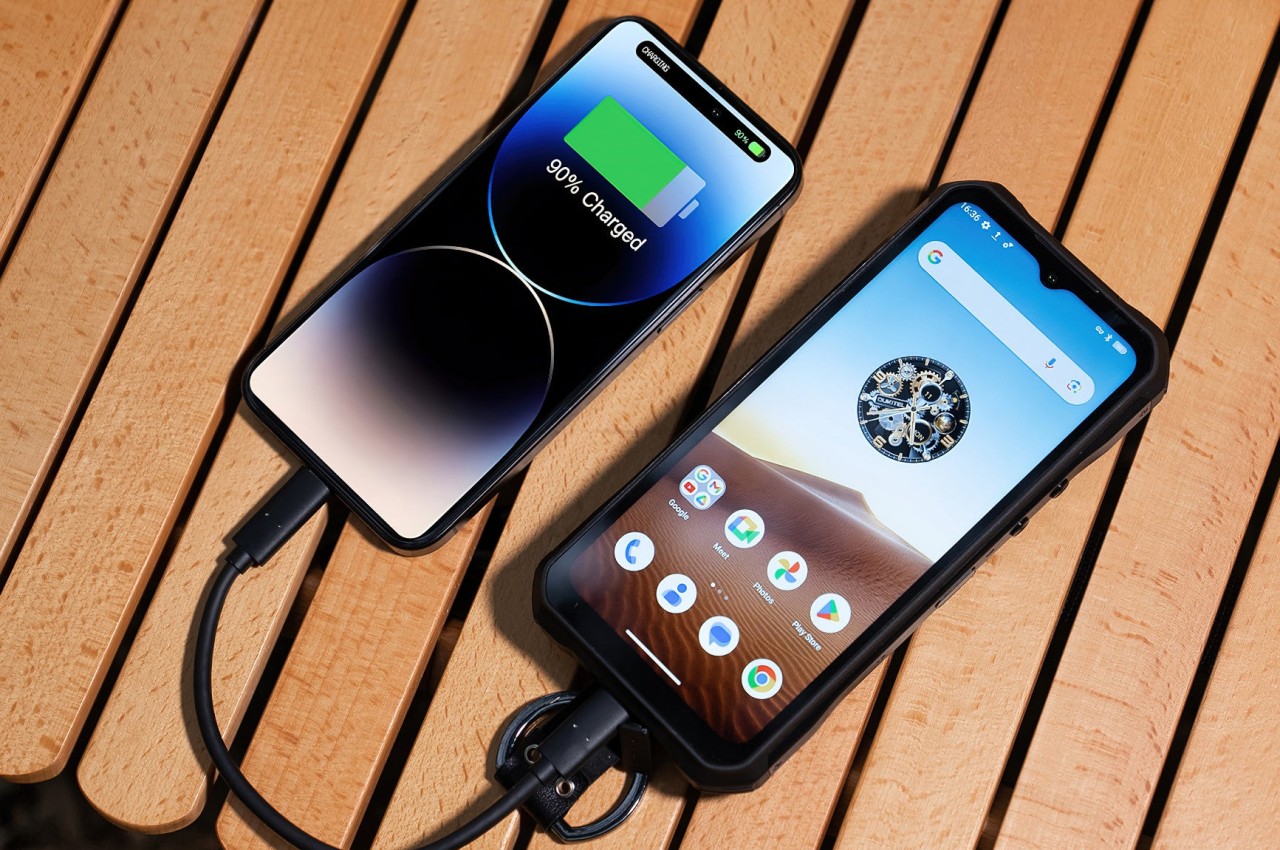
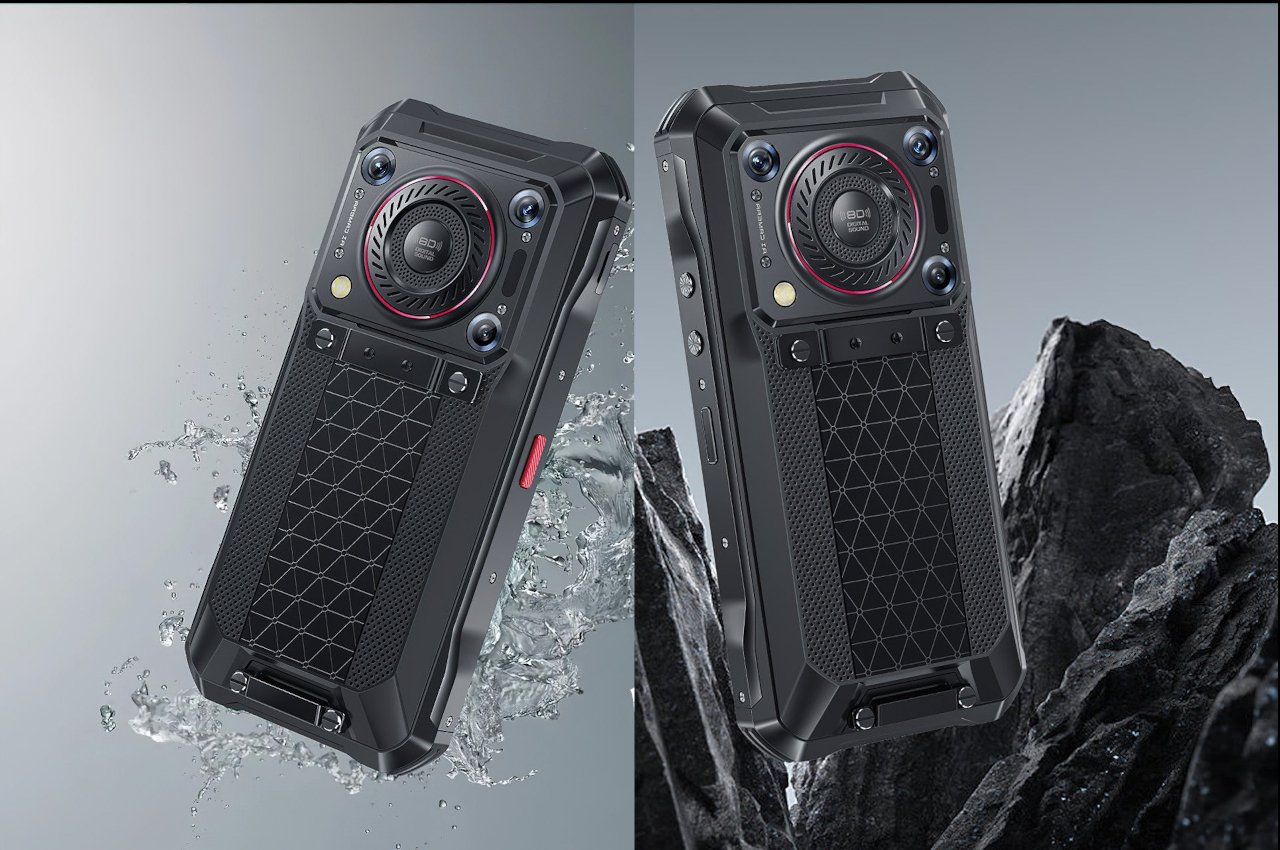
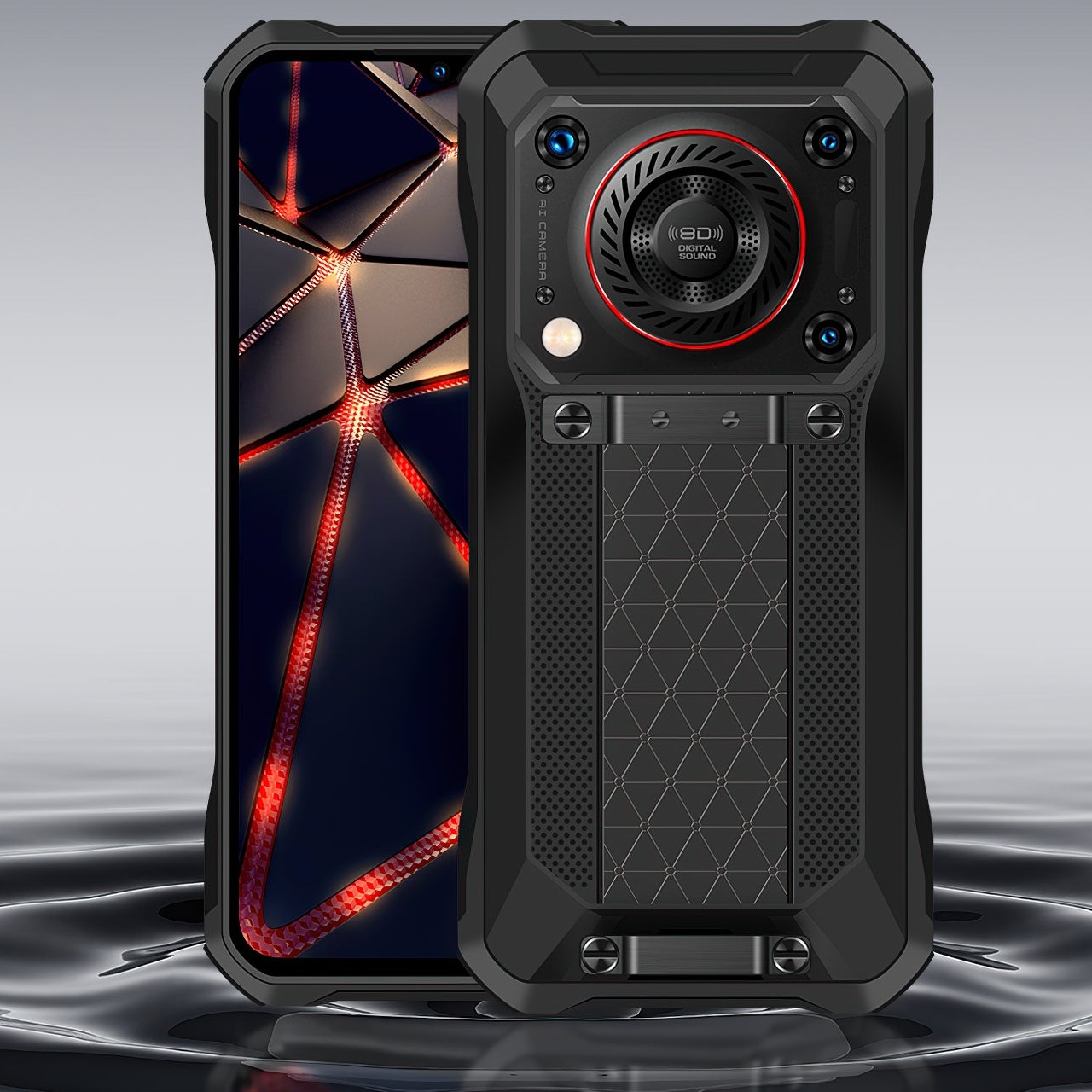
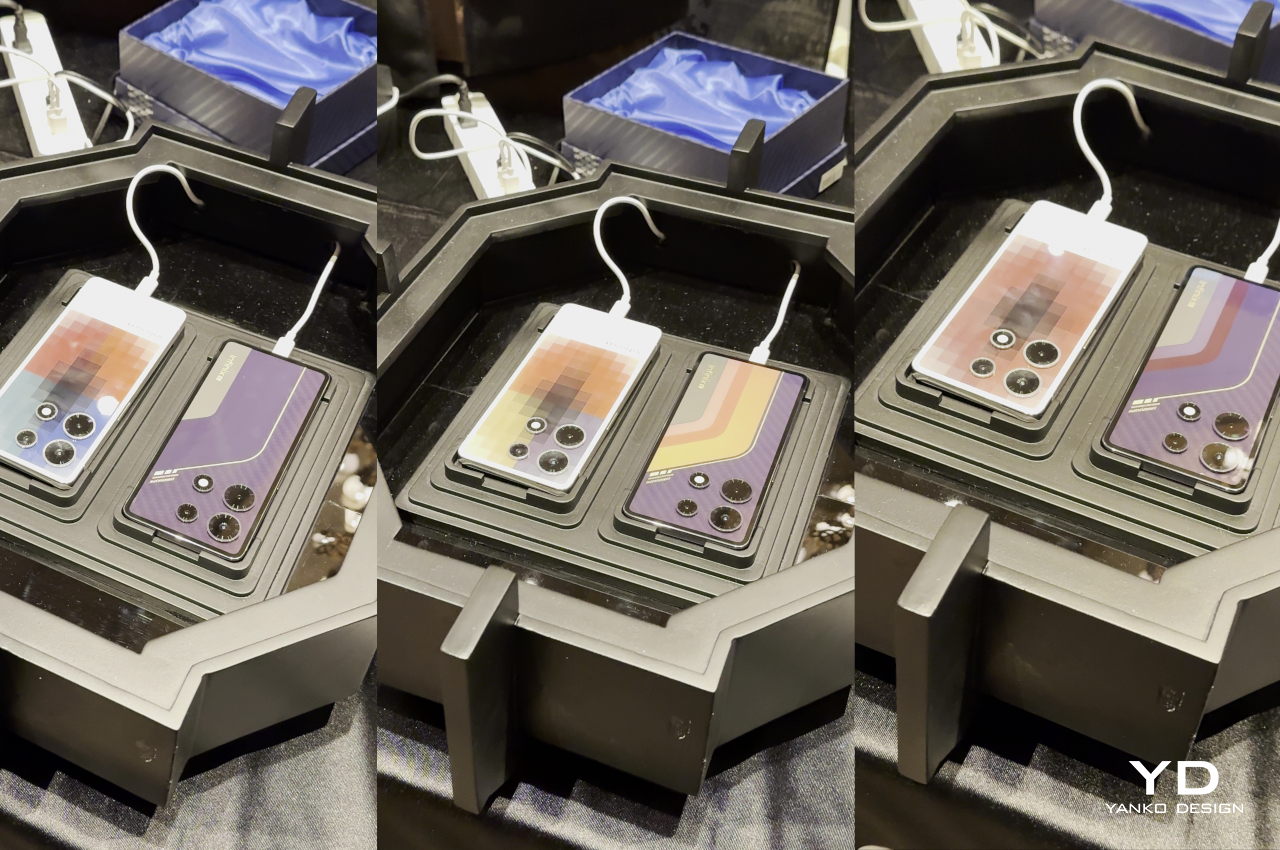
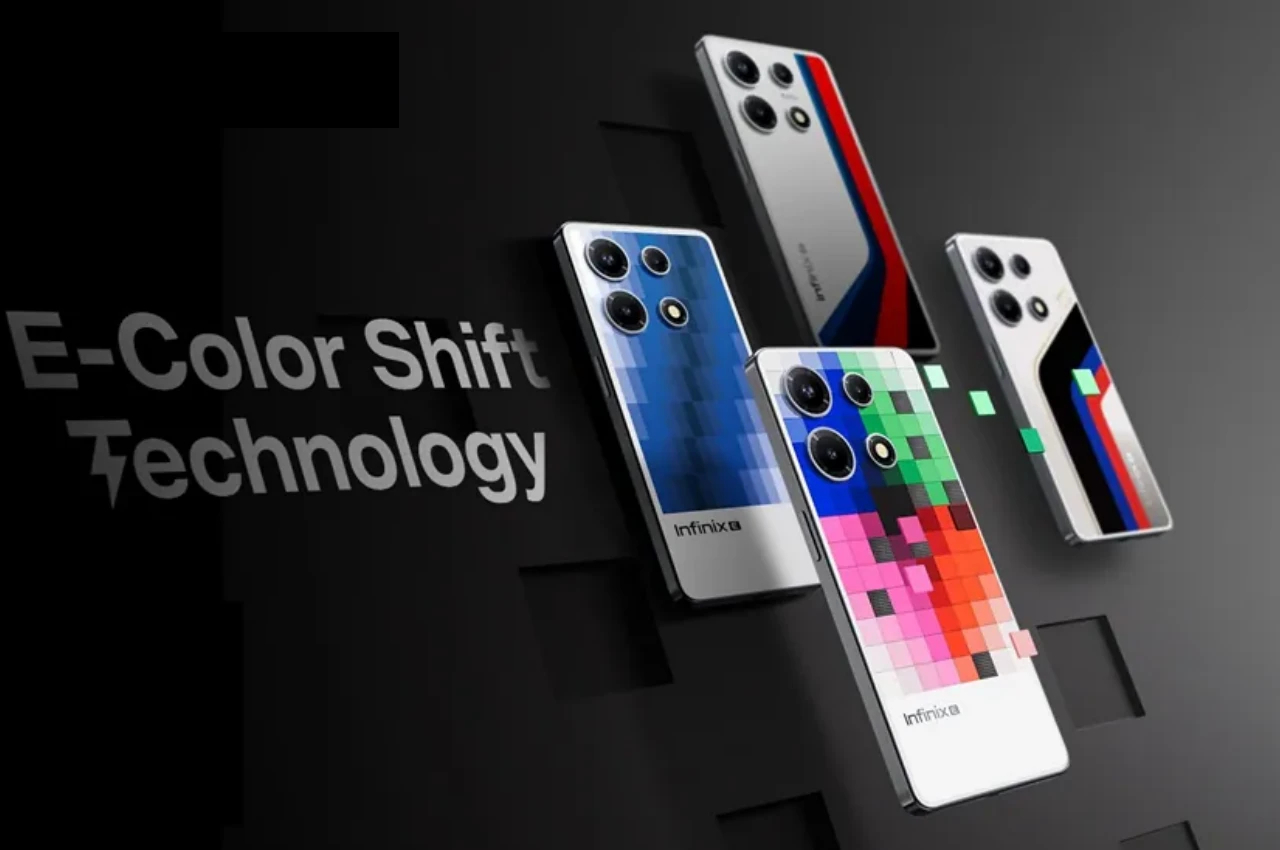
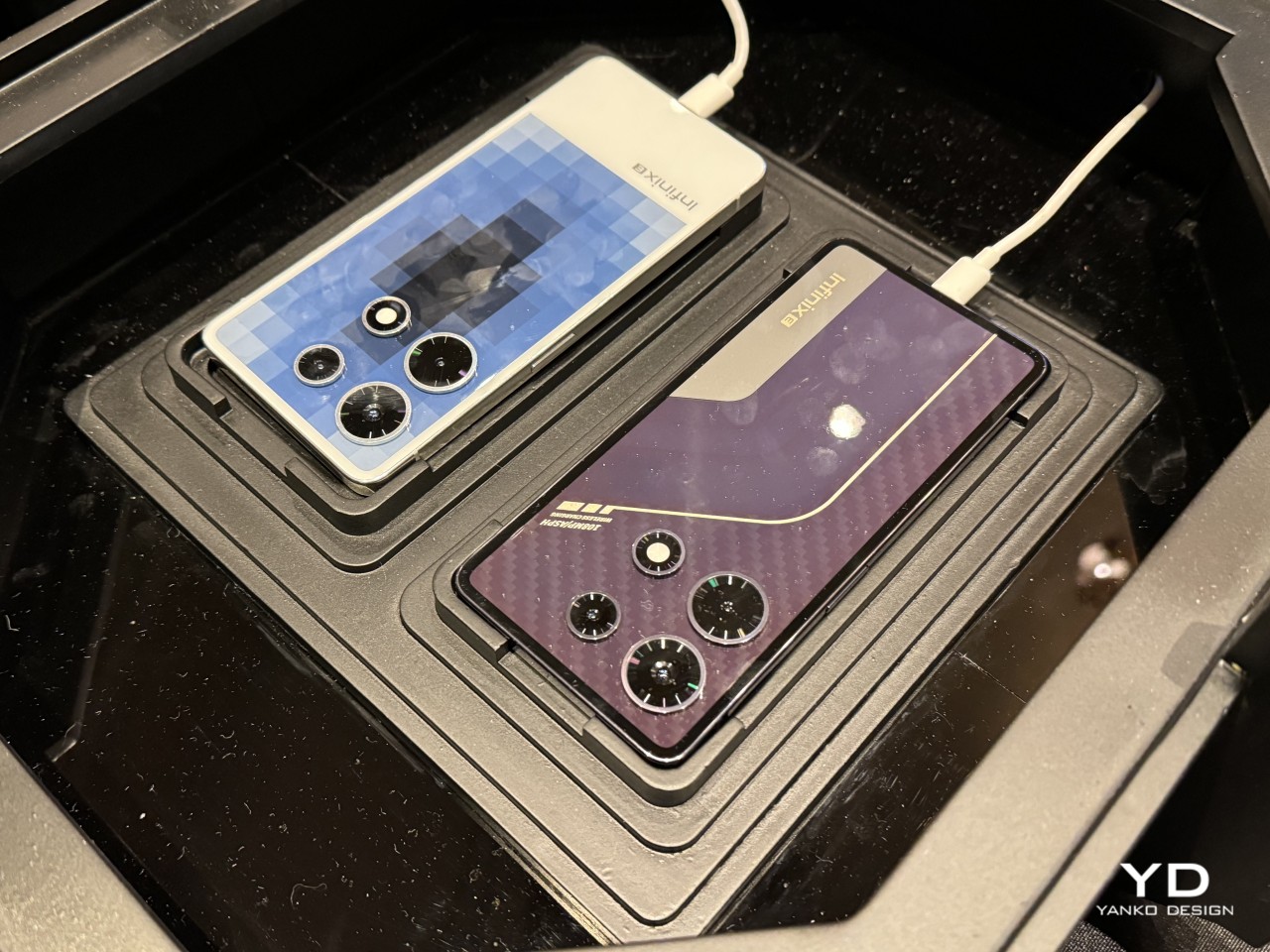



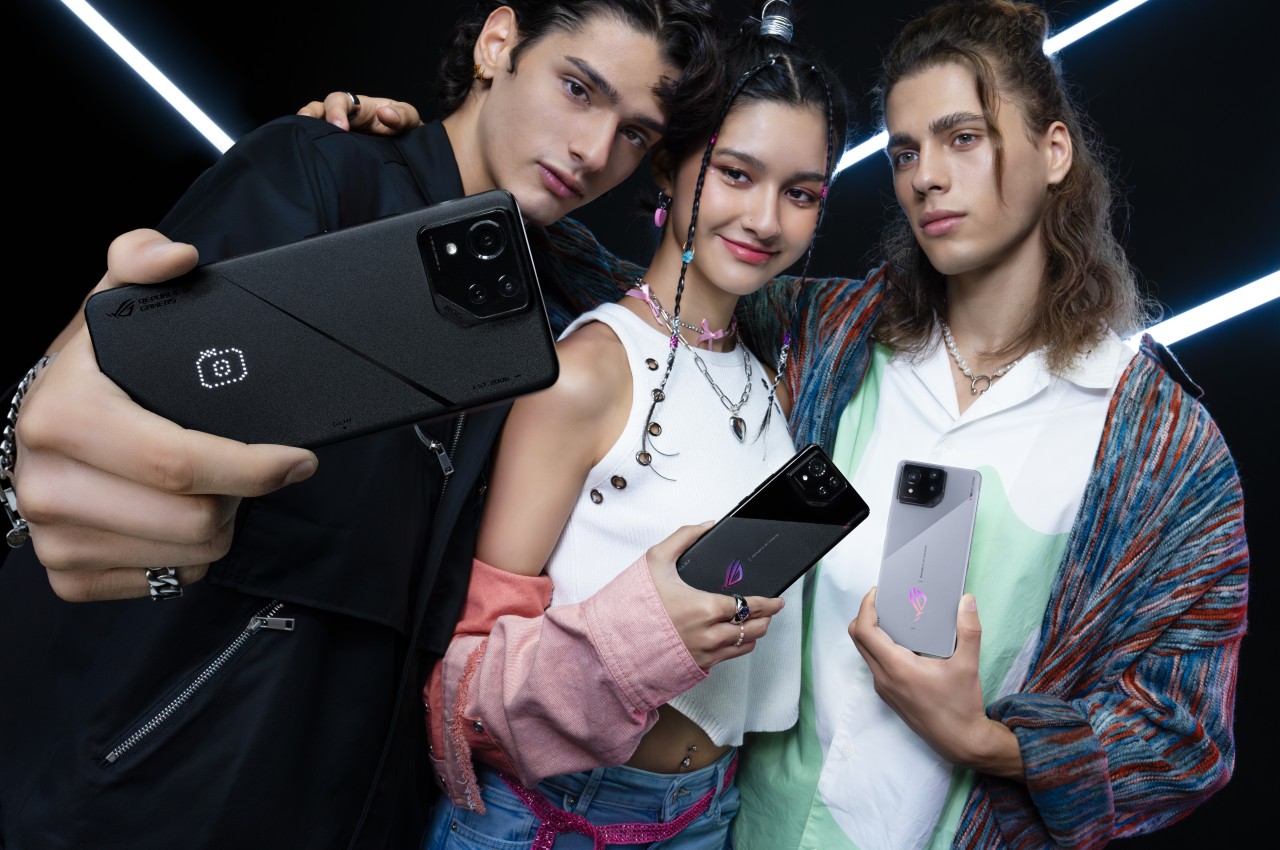

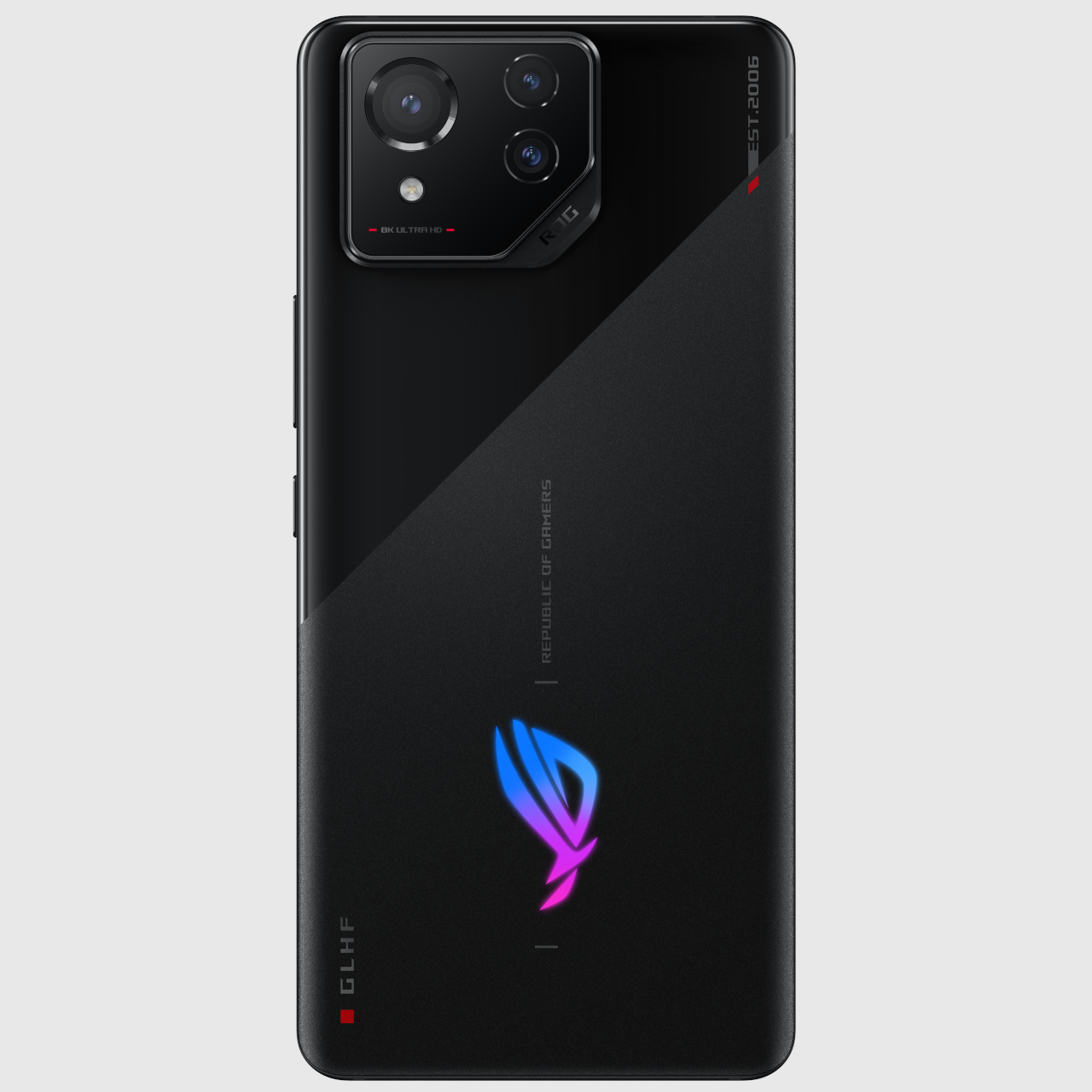
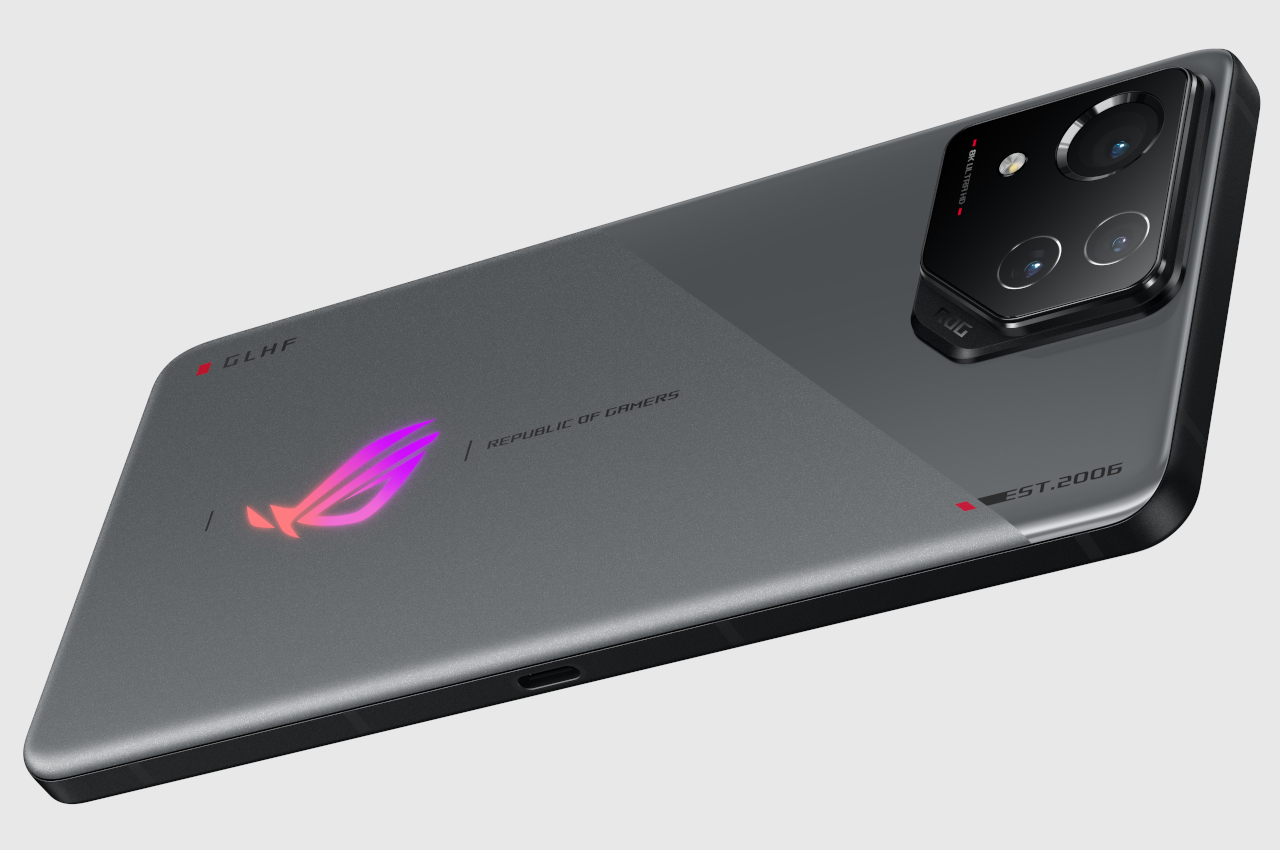
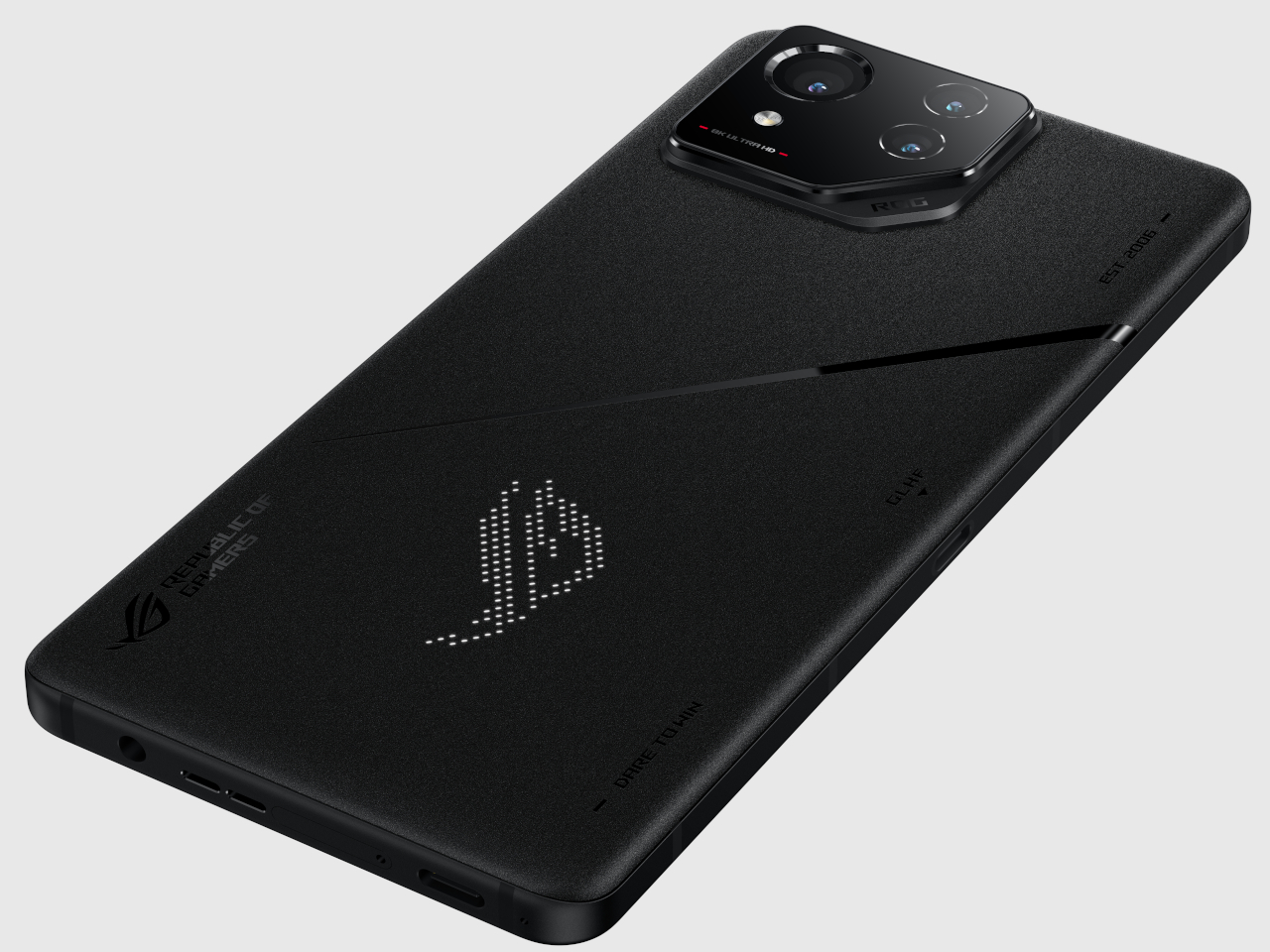
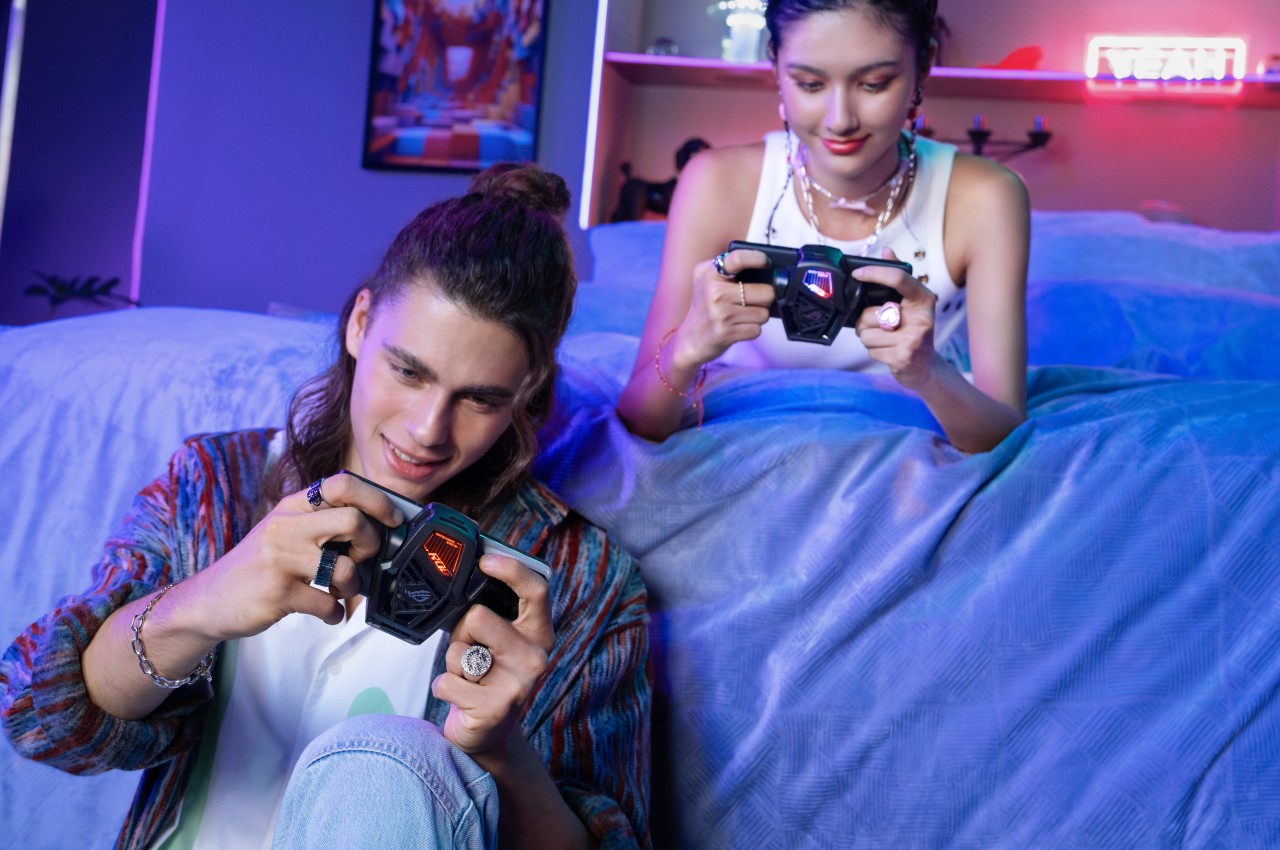
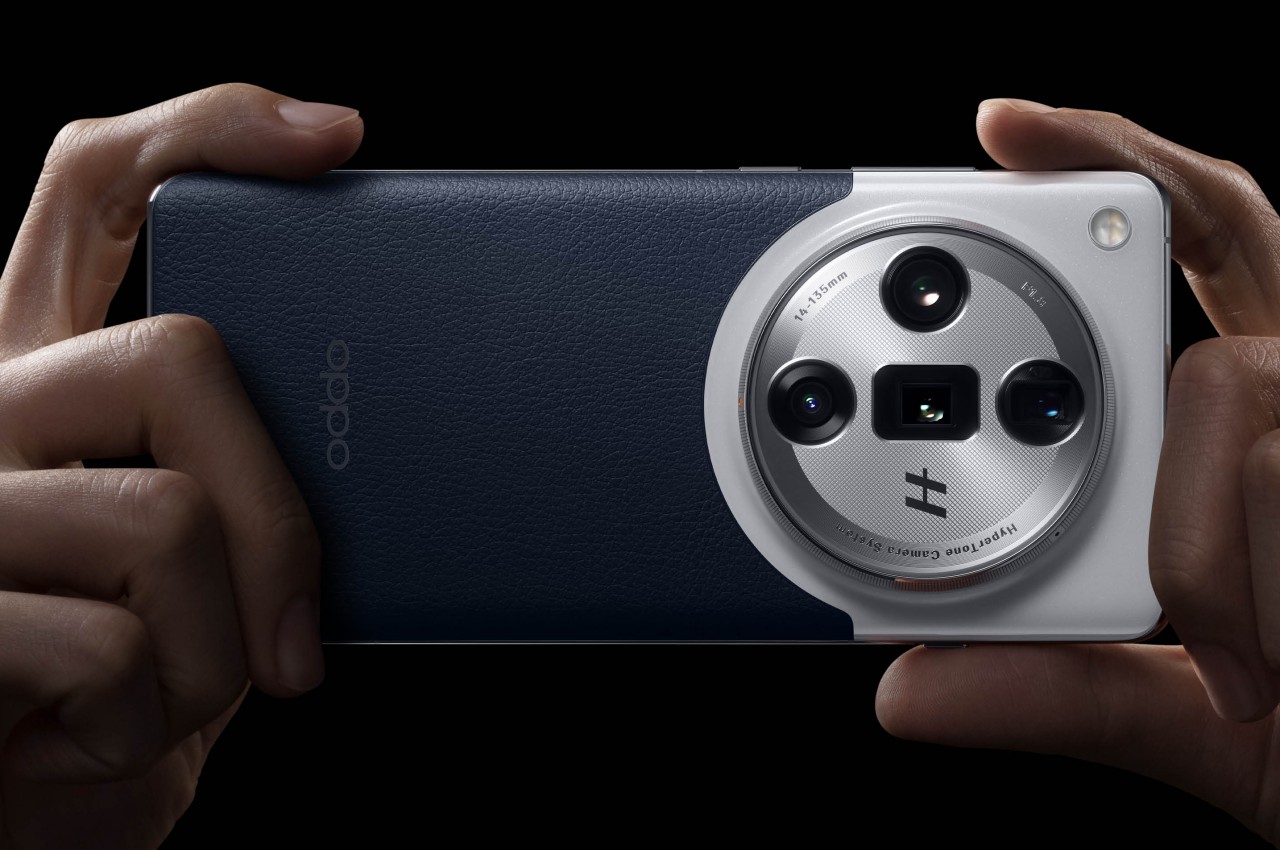
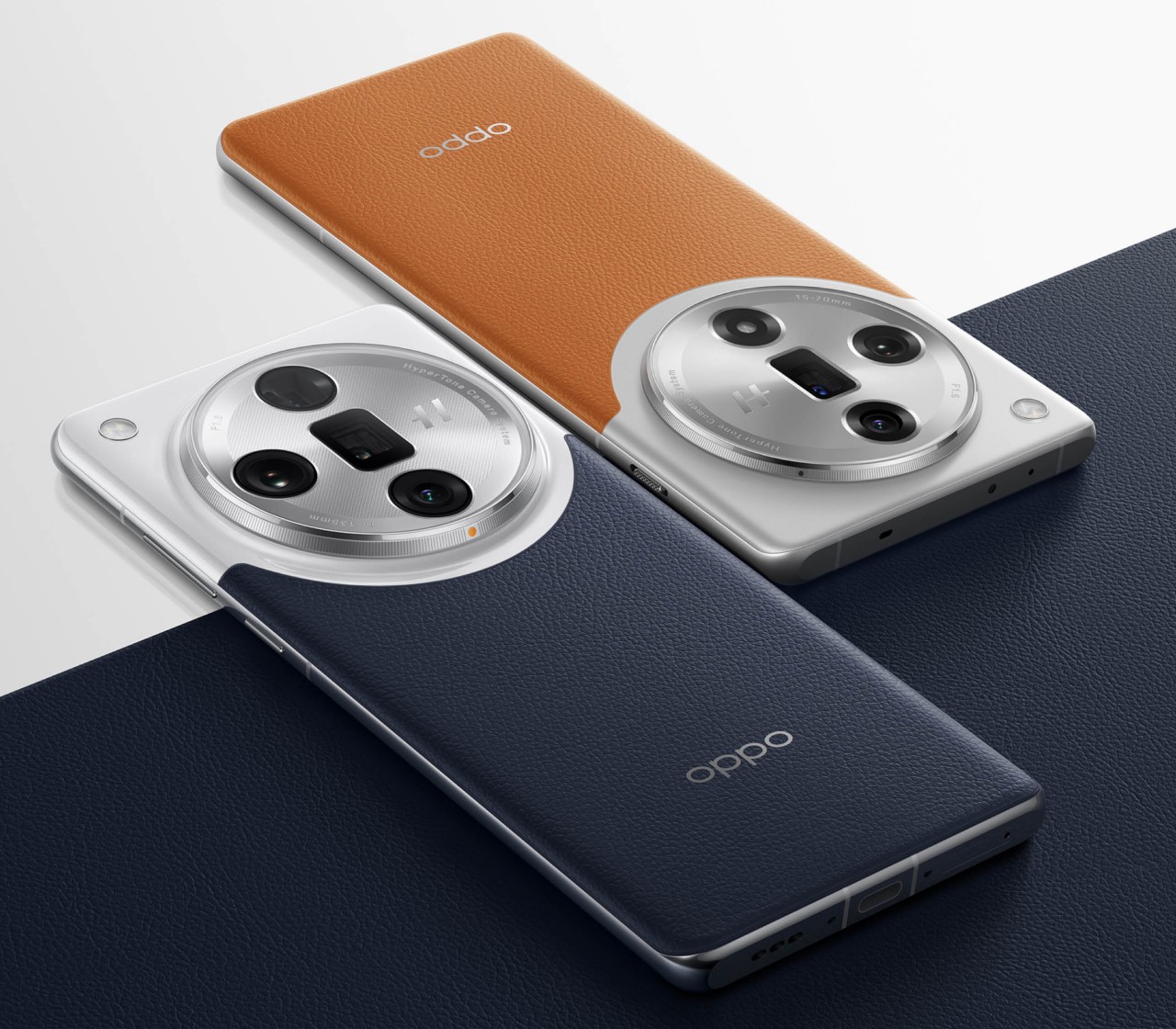
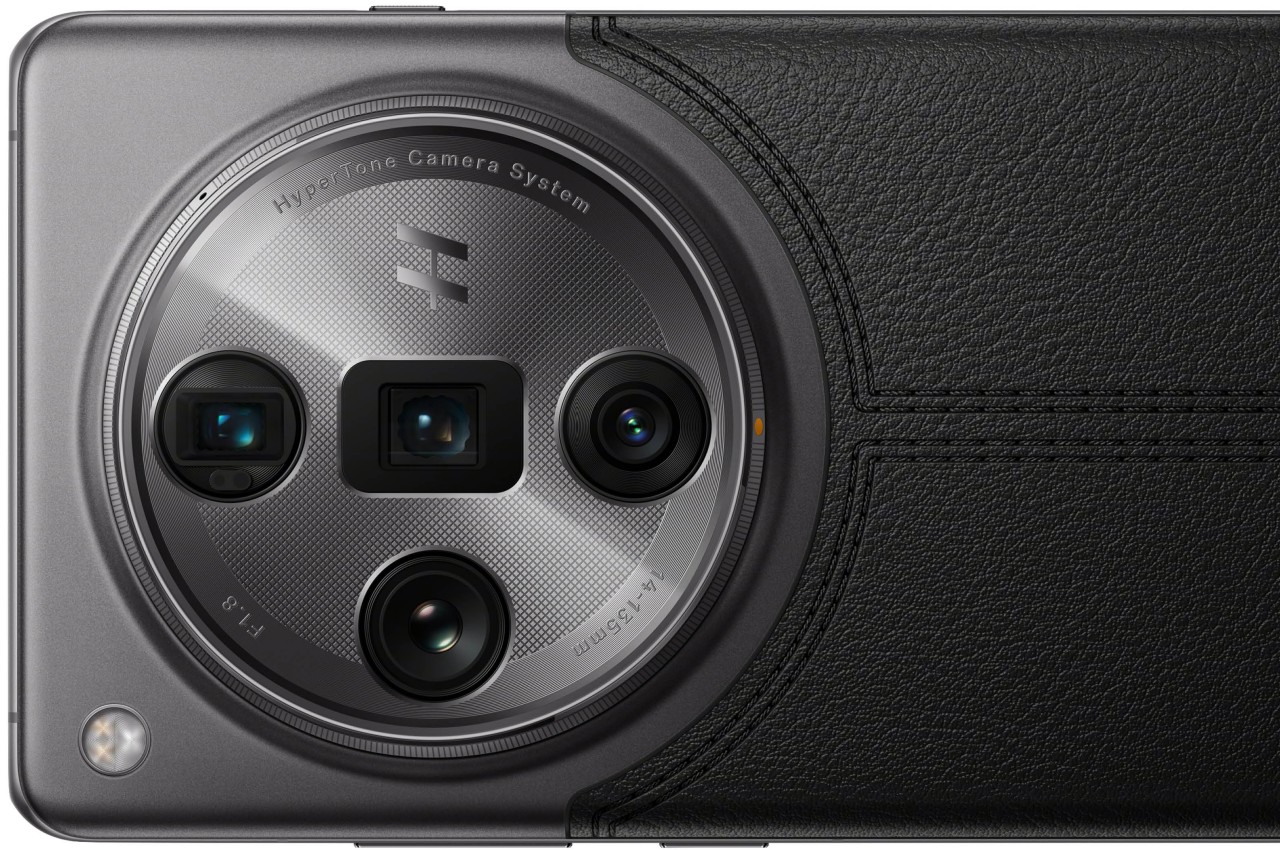
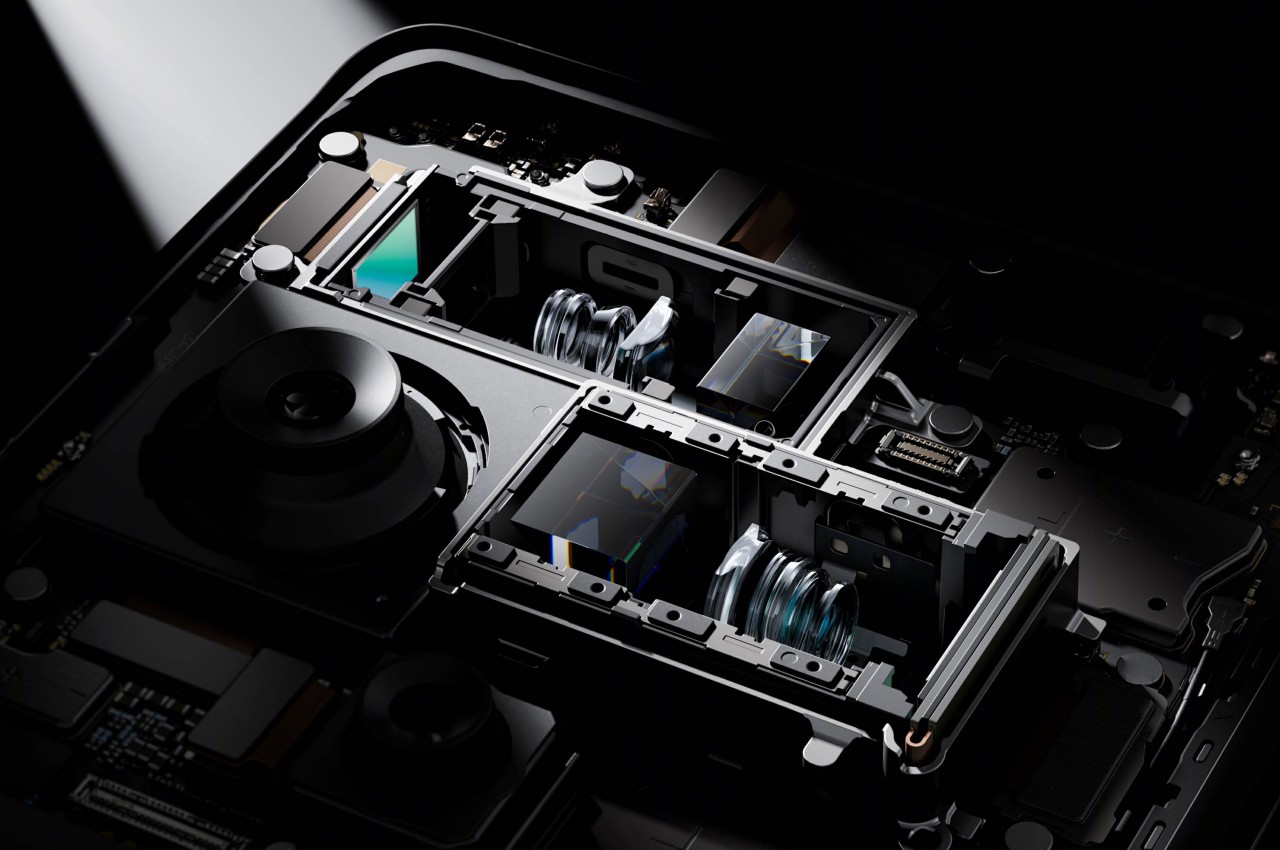




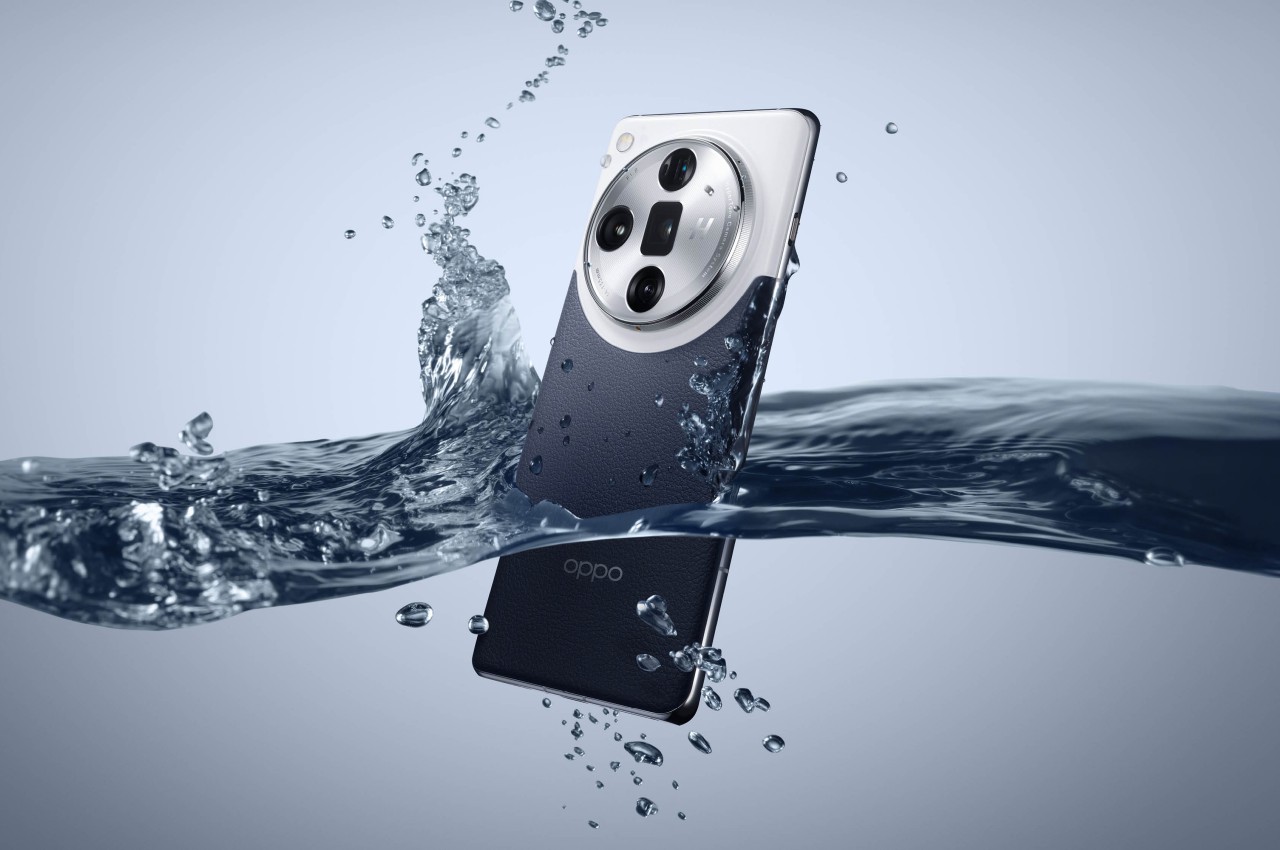
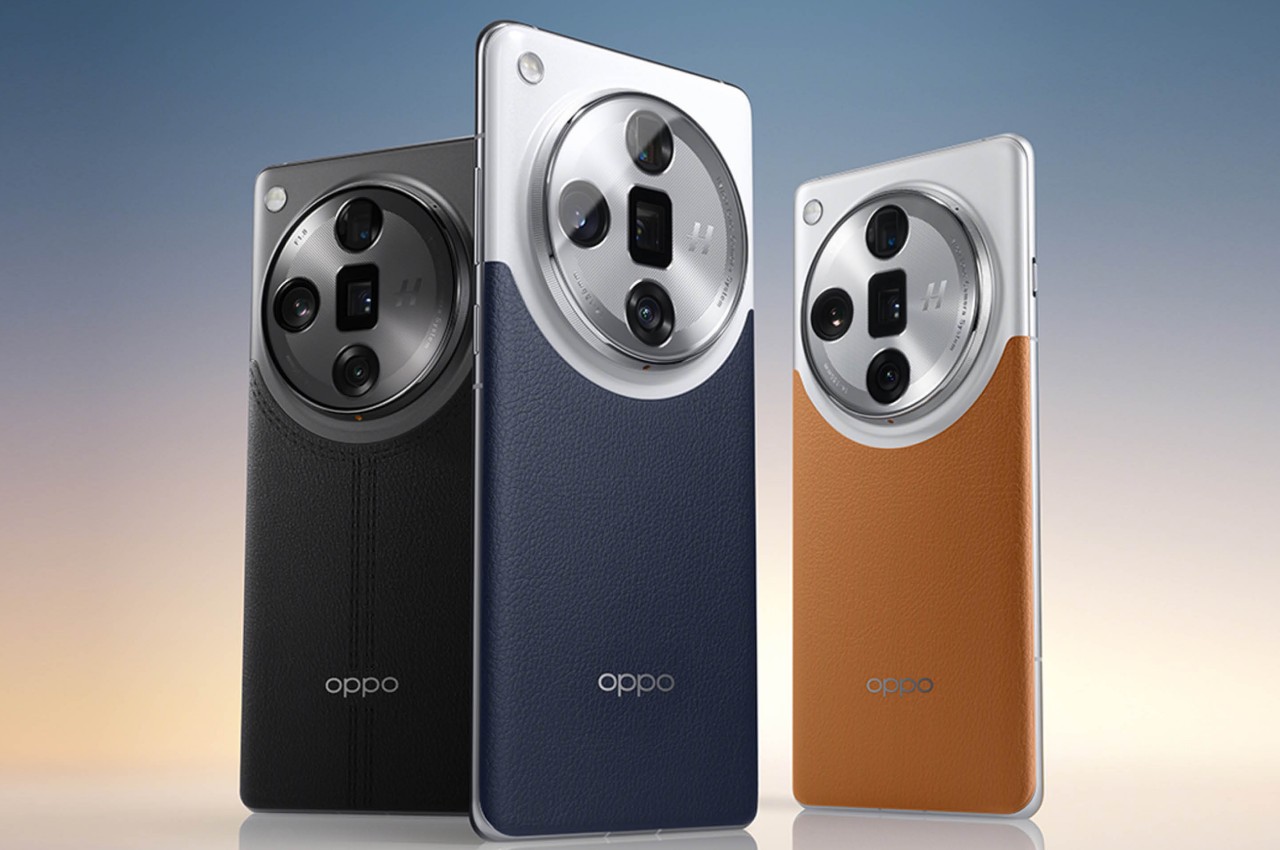
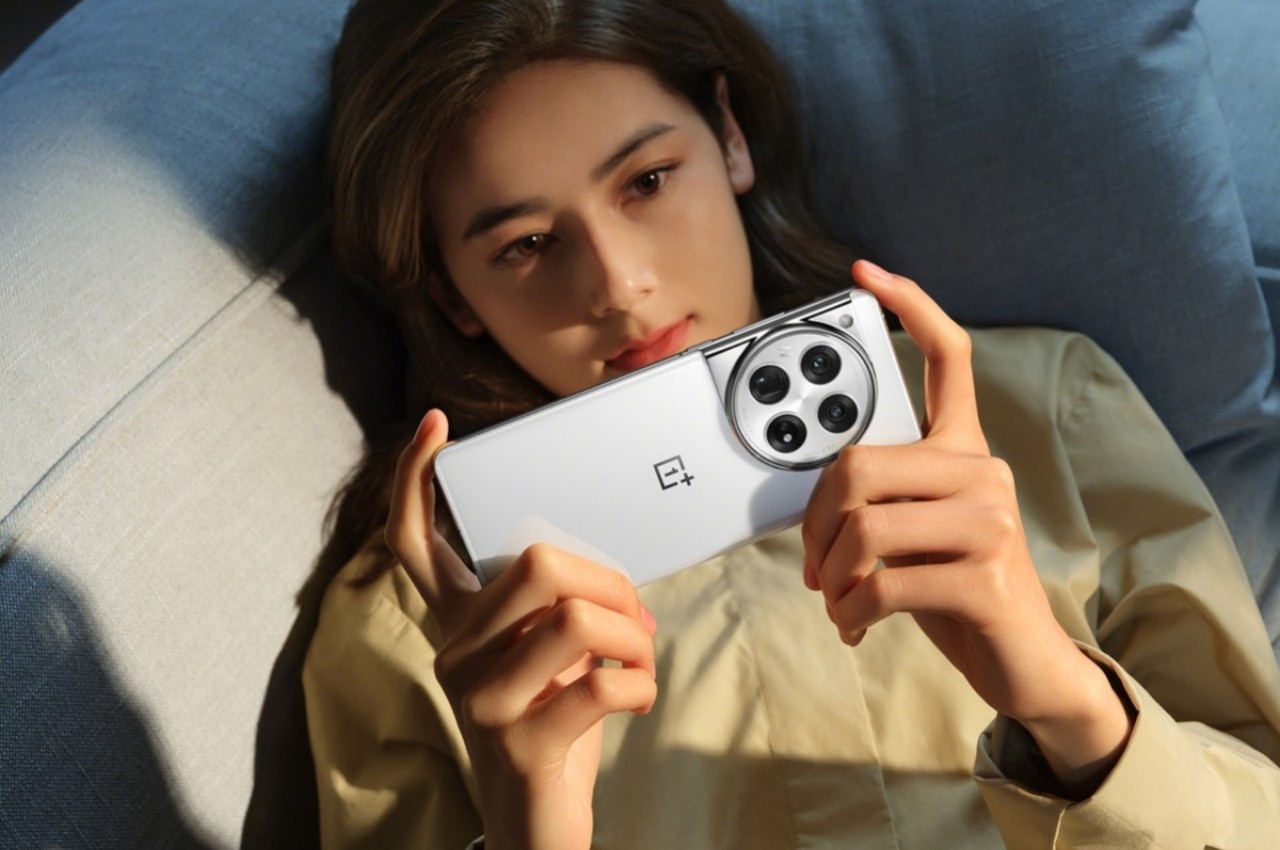

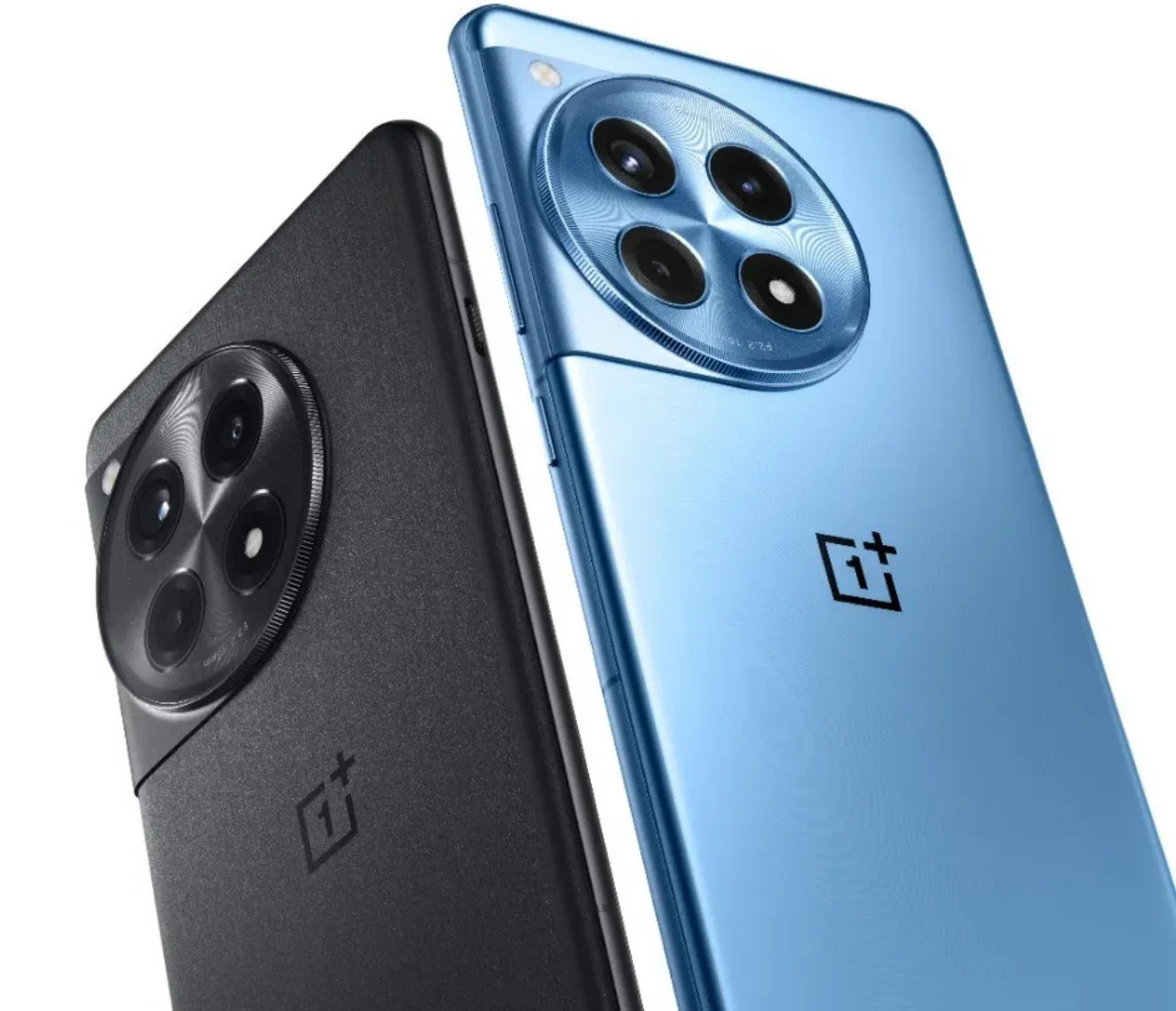
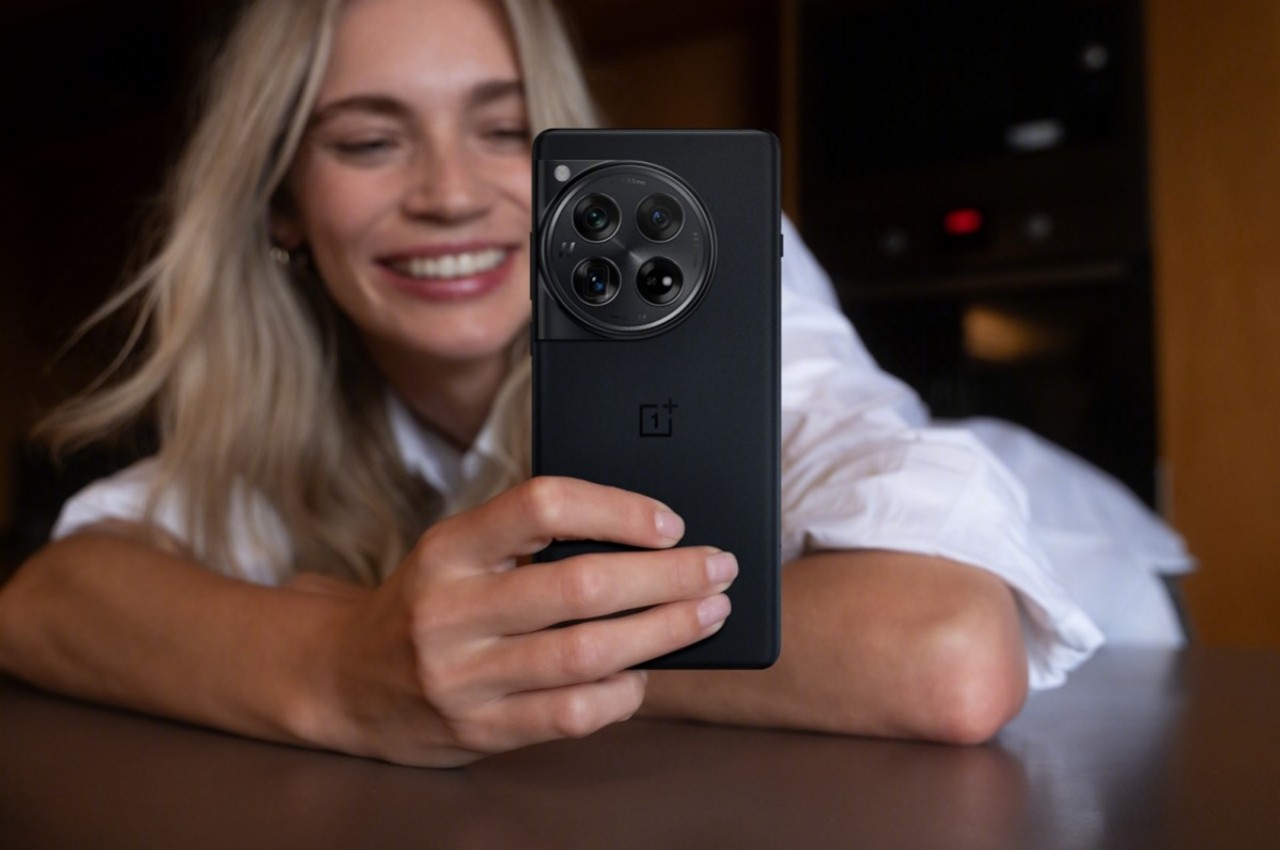
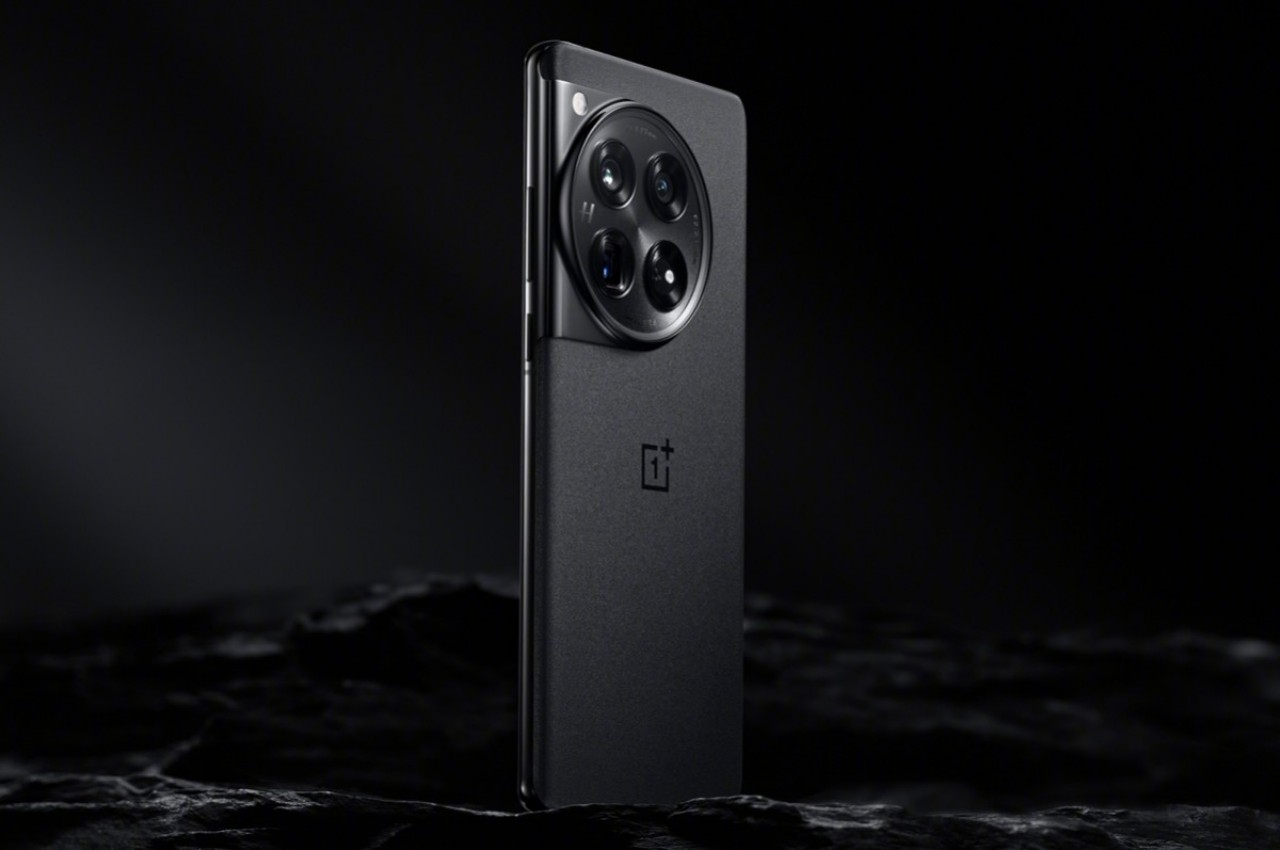
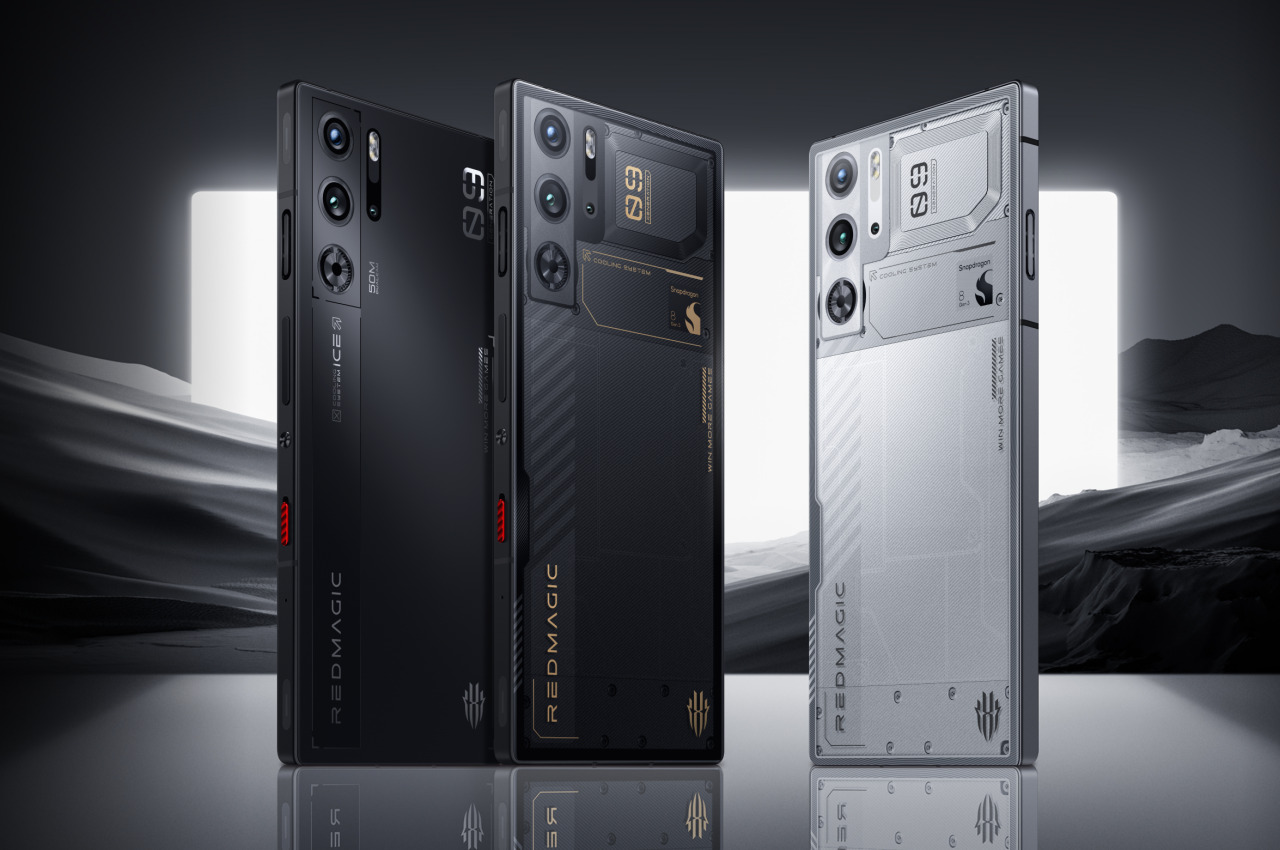
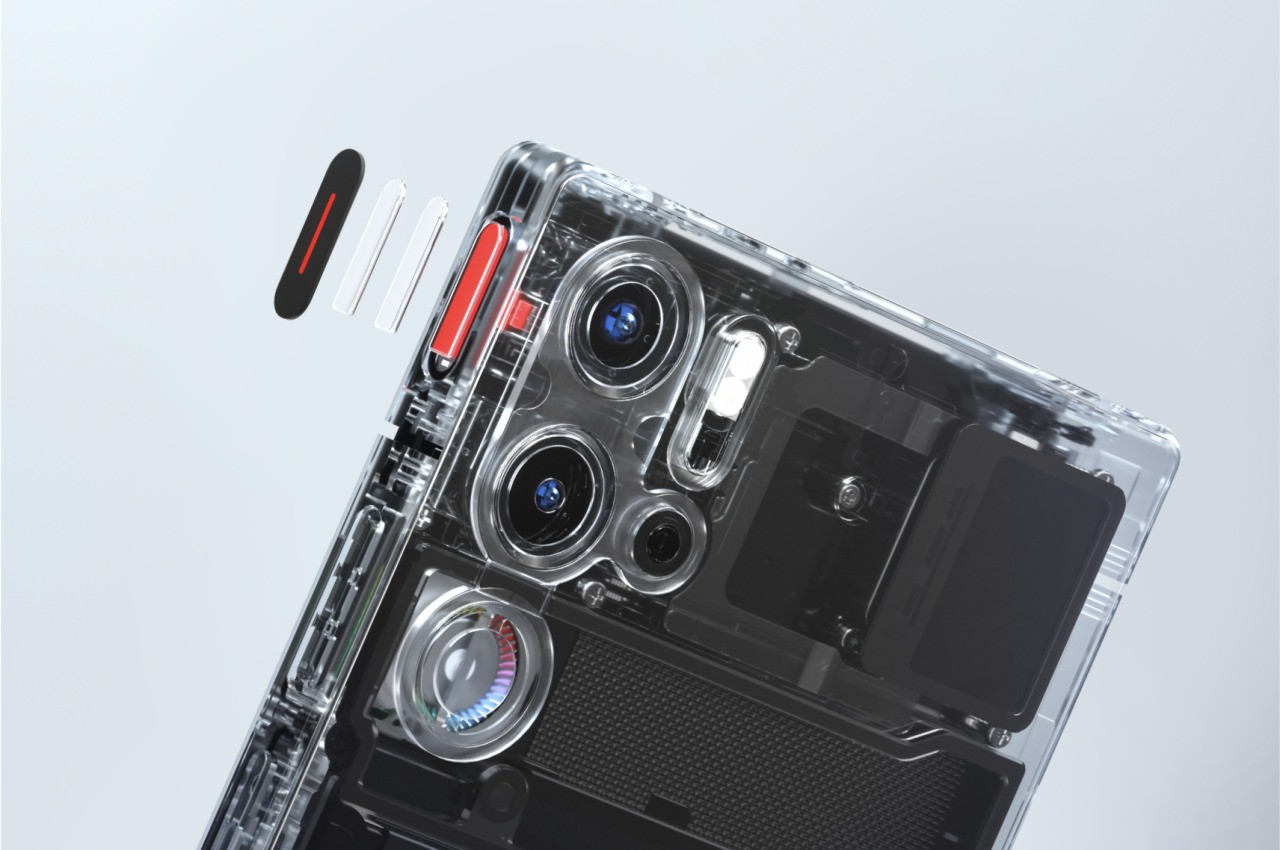
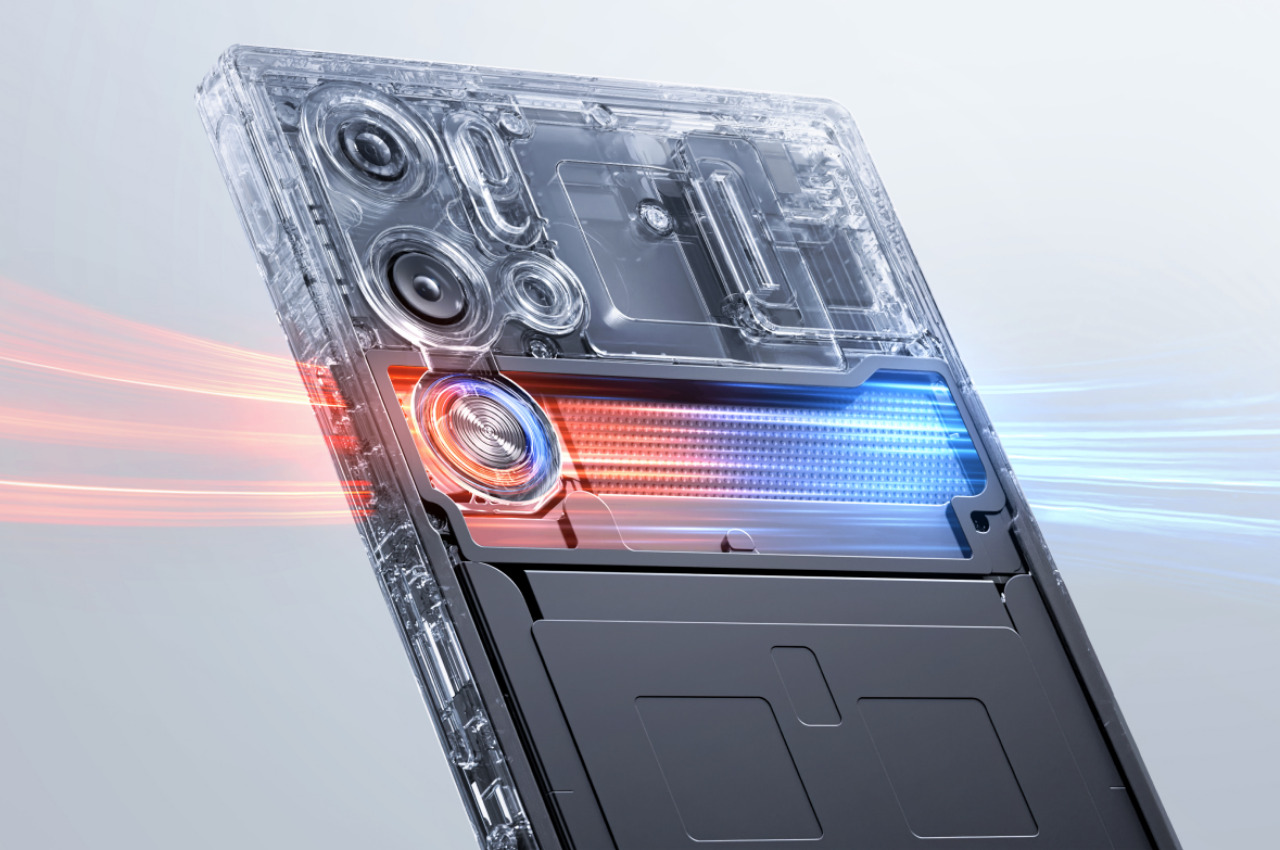
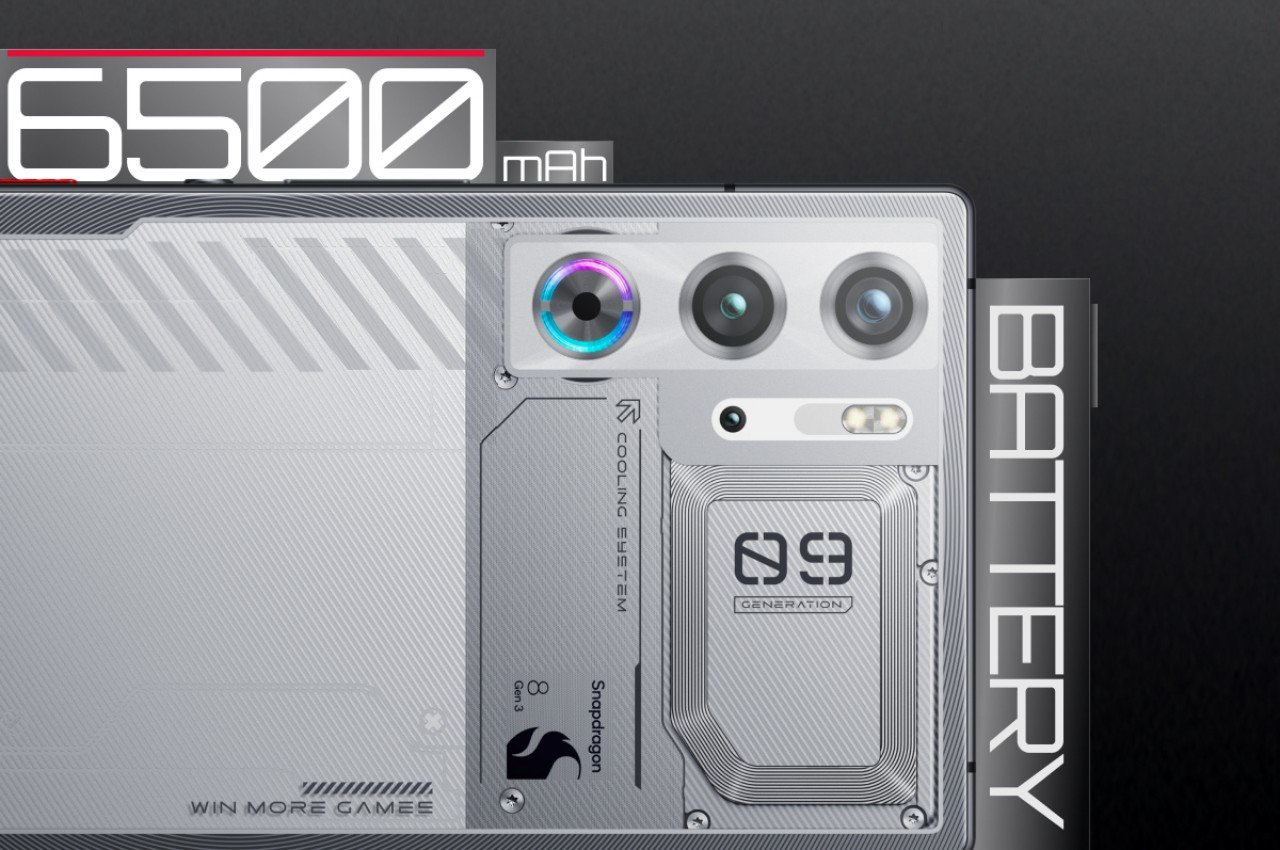


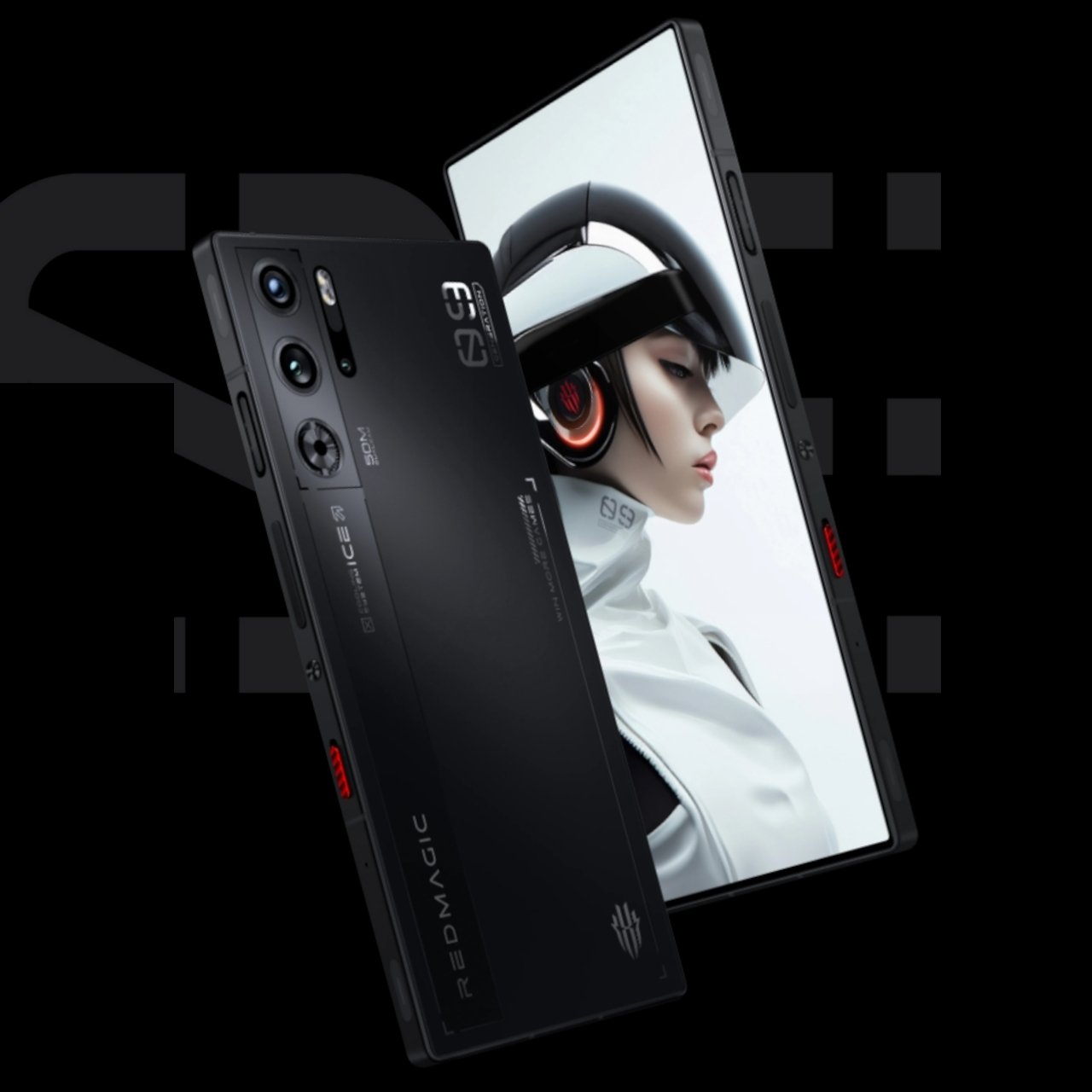
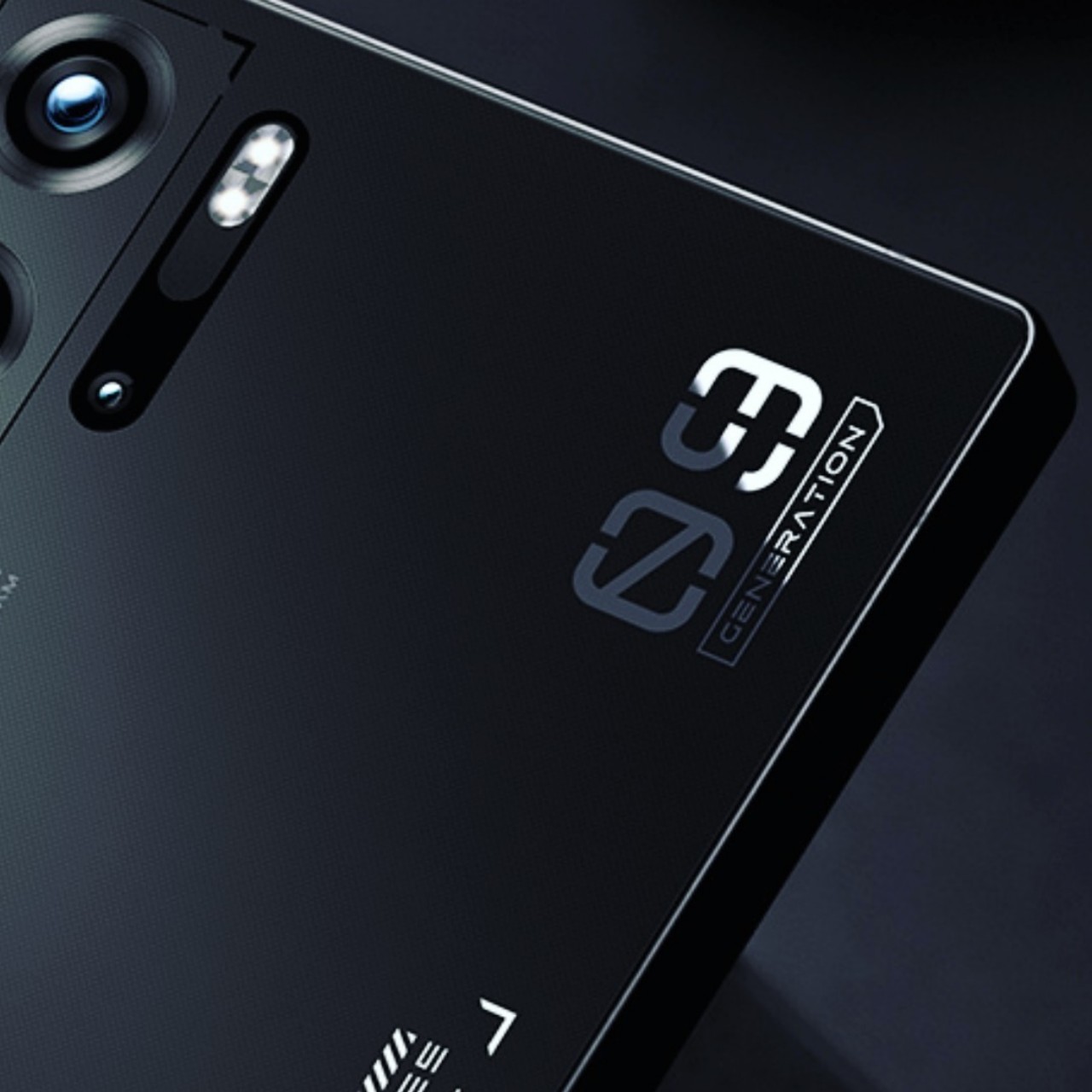
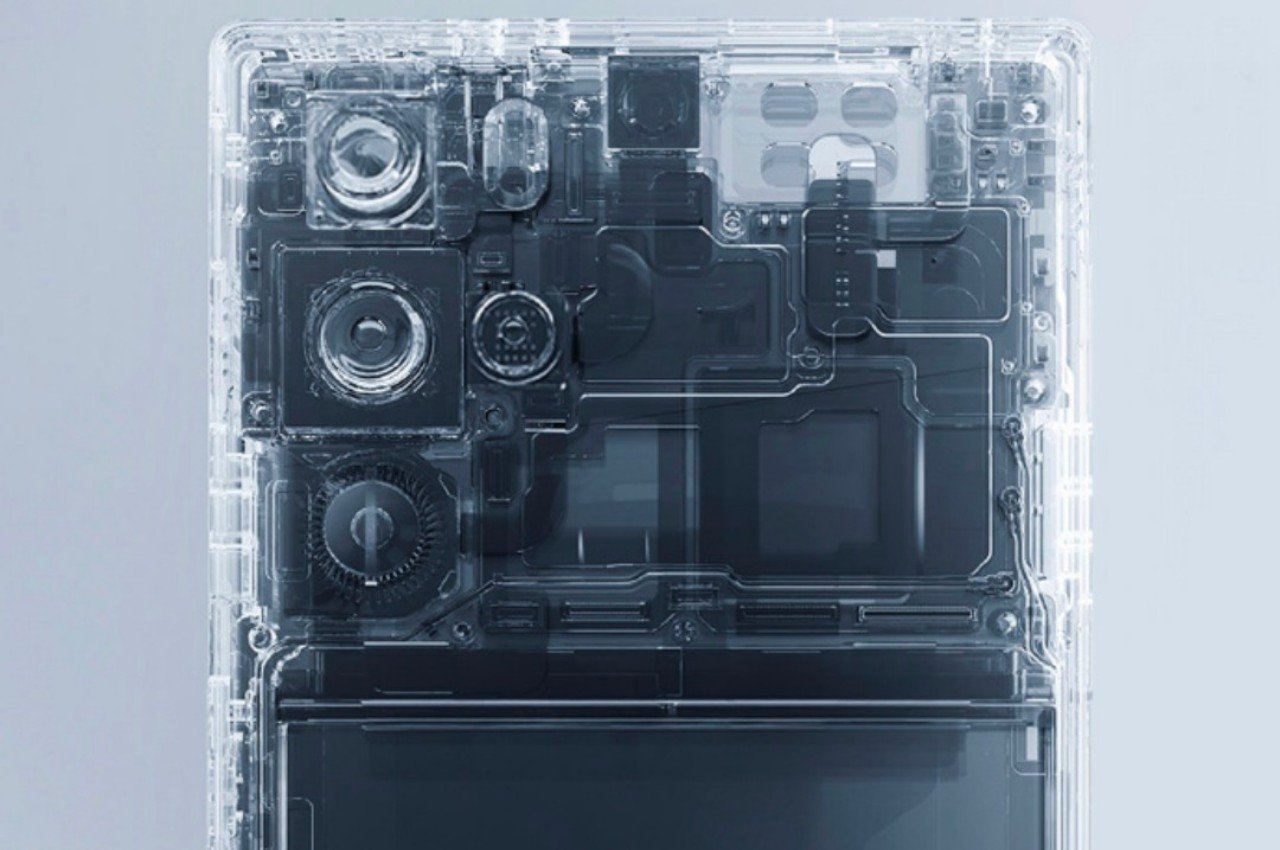
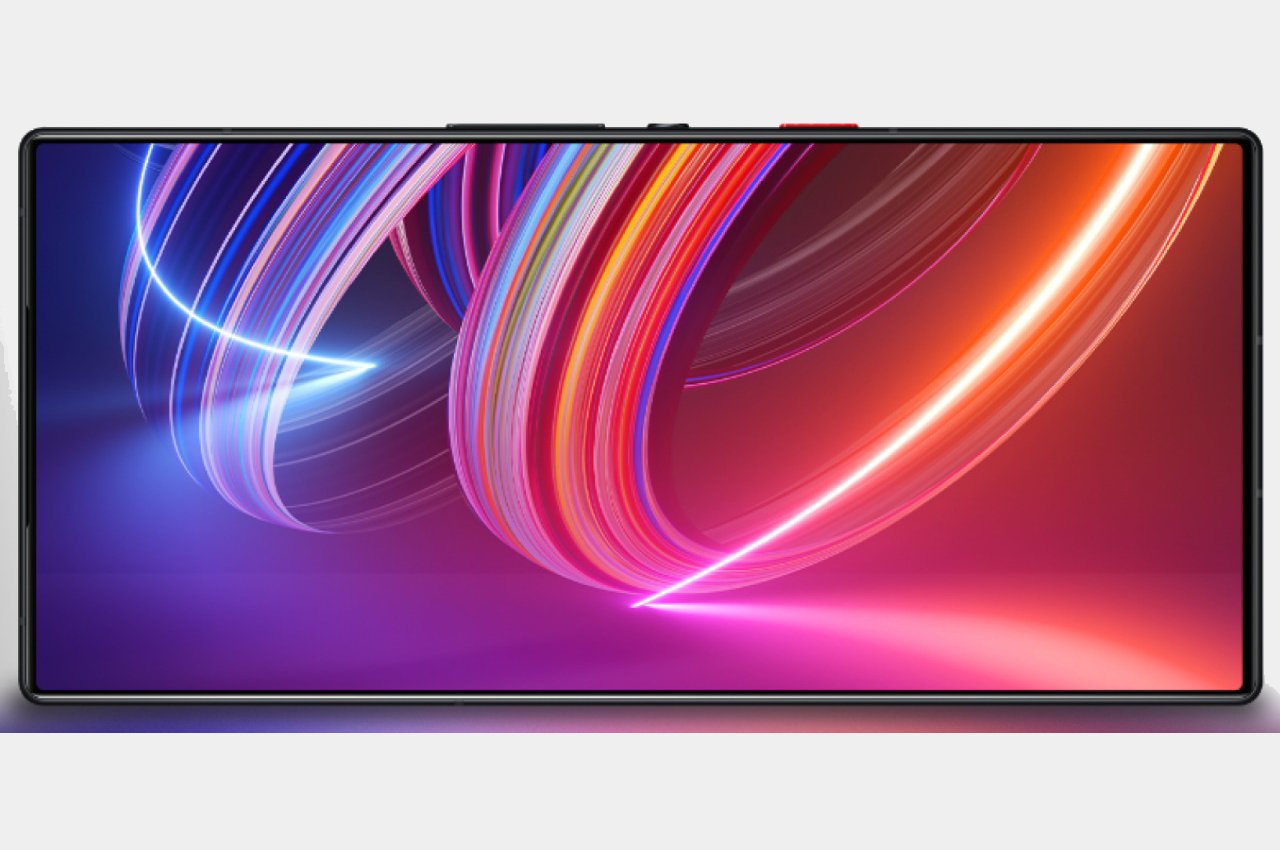
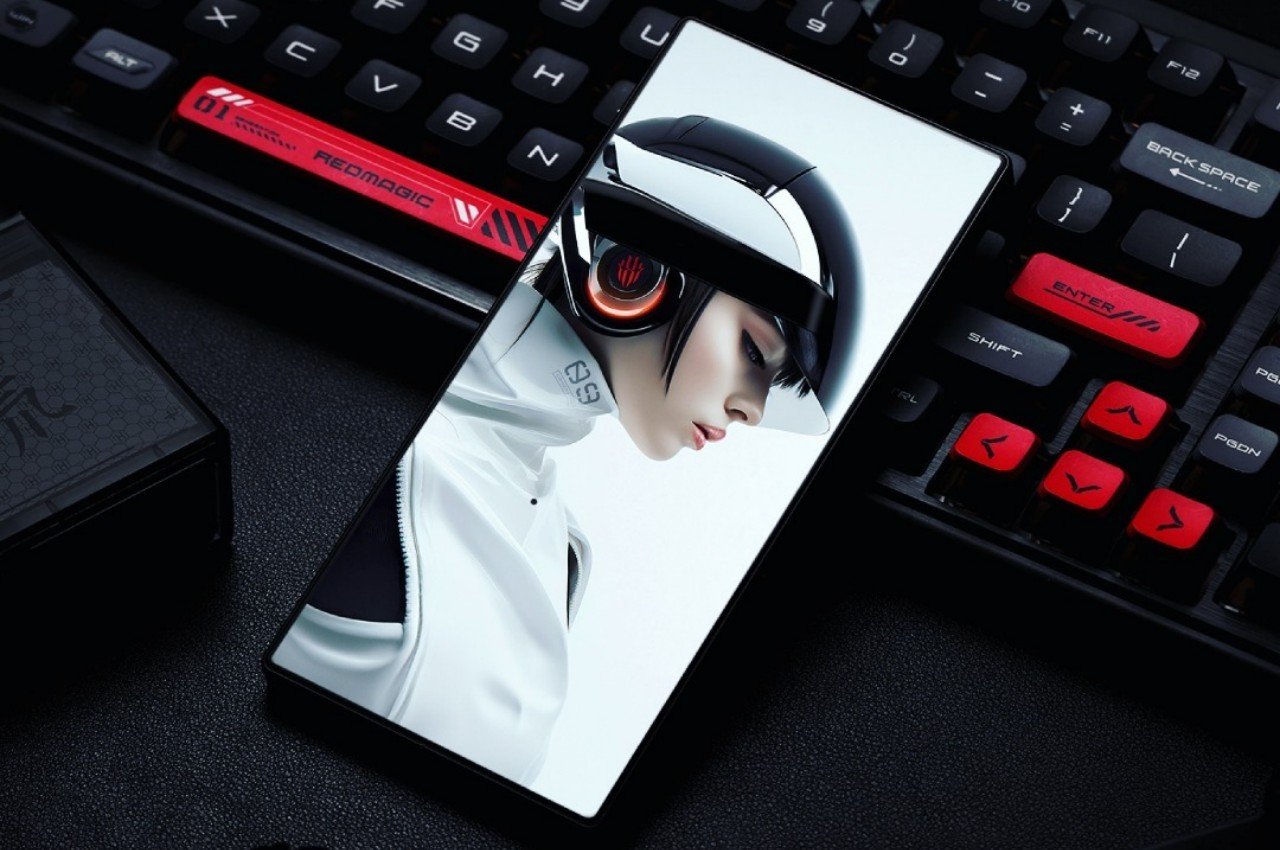




 .
. 





